
Can You Master ITIL® 4 Foundation in Just 2 Weeks with ScholarAcad?
- Thu 23, Oct 2025
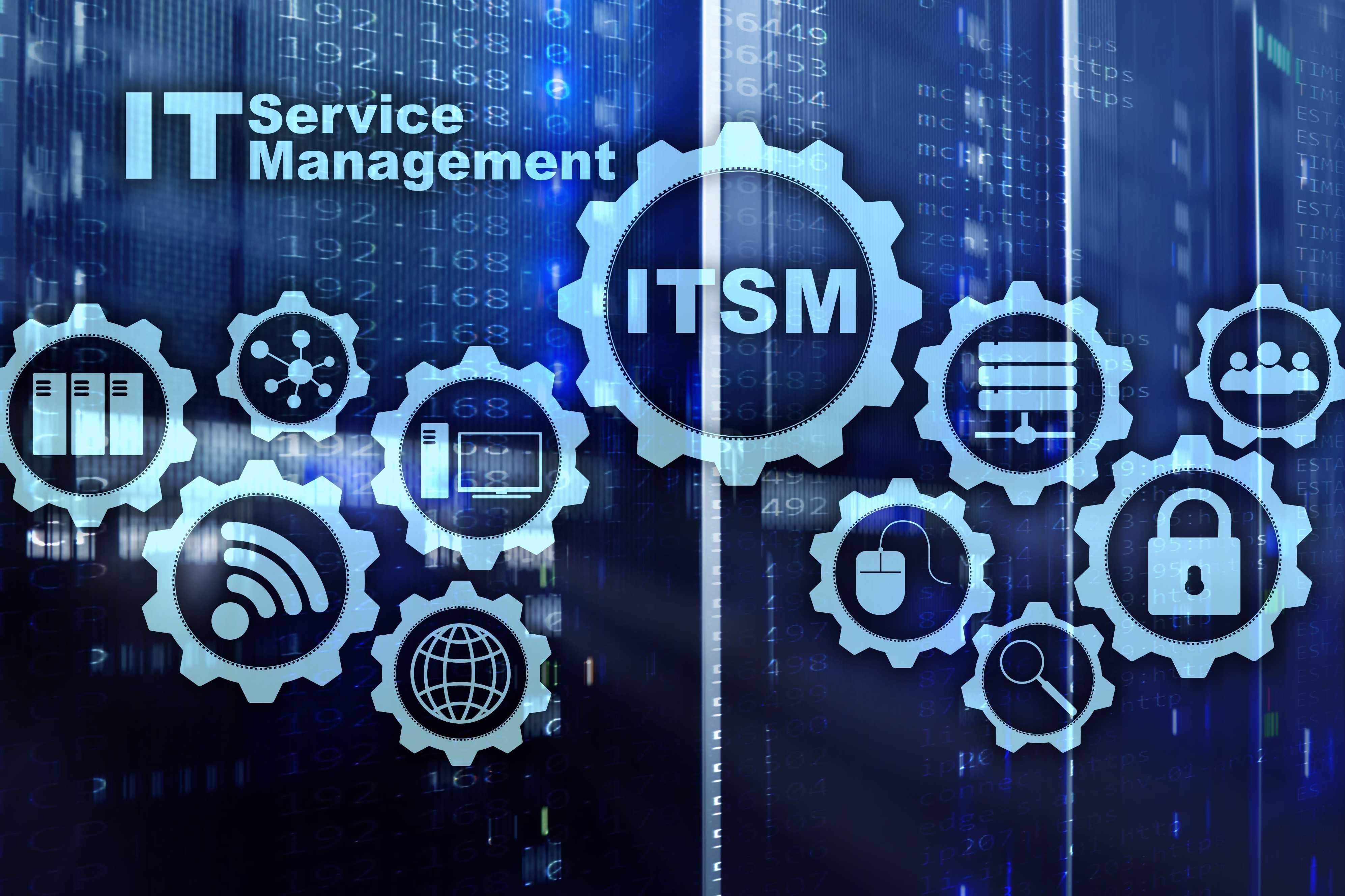
Welcome to our comprehensive guide on mastering IT Service Management with ITIL V4 Foundation. Whether you're an IT professional looking to boost your career prospects or a business owner seeking to enhance your organization's IT practices, this step-by-step guide will provide you with the knowledge and skills you need to succeed.
ITIL V4 Foundation, the latest iteration of the globally recognized IT Service Management framework, offers a holistic approach to managing IT services. With its focus on delivering value to customers and aligning IT with business objectives, ITIL V4 Foundation provides a solid foundation for organizations of all sizes.
In this guide, we'll walk you through each stage of the ITIL V4 Foundation framework, from understanding the key concepts and principles to implementing best practices in your organization. We'll cover topics such as service strategy, service design, service transition, service operation, and continual service improvement.
Stay tuned as we dive deep into the world of IT Service Management and equip you with the tools you need to excel in this dynamic field. Let's embark on this journey together and unlock the secrets to IT Service Management success with ITIL V4 Foundation.
To successfully master IT Service Management with ITIL V4 Foundation, it is essential to understand the key concepts of this framework. ITIL V4 Foundation introduces several new concepts, including the Service Value System (SVS) and the Four Dimensions of Service Management. The SVS is a holistic approach that encompasses all aspects of IT Service Management, while the Four Dimensions of Service Management provide a comprehensive view of the factors that must be considered when delivering IT services.
Within the SVS, there are several key components that form the basis of ITIL V4 Foundation. These include the Service Value Chain, which outlines the activities and processes involved in delivering value to customers, and the Guiding Principles, which provide a set of recommendations for organizations to follow when implementing ITIL V4 Foundation. Understanding these concepts is crucial to effectively implementing ITIL V4 Foundation in your organization.
Implementing ITIL V4 Foundation in your organization can bring numerous benefits. One of the key advantages is the ability to align IT services with business objectives, ensuring that IT supports and enhances the overall goals of the organization. By adopting ITIL V4 Foundation, organizations can improve the quality of their IT services, increase customer satisfaction, and enhance the efficiency and effectiveness of IT operations.
Additionally, ITIL V4 Foundation promotes a culture of continuous improvement, with a focus on continually identifying and implementing enhancements to IT services. This leads to increased agility and the ability to quickly respond to changing business needs. Furthermore, ITIL V4 Foundation provides a common language and framework for IT Service Management, improving communication and collaboration between IT and other business functions.
Overall, implementing ITIL V4 Foundation can help organizations achieve operational excellence, reduce costs, and gain a competitive advantage in today's rapidly evolving digital landscape.
If you're looking to enhance your IT Service Management skills and boost your career prospects, obtaining the ITIL V4 Foundation certification is a great step. The certification process consists of several stages, starting with self-study or attending an accredited training course. It is important to choose a reputable training provider that offers comprehensive materials and experienced instructors.
Once you feel prepared, you can schedule the ITIL V4 Foundation exam. The exam consists of multiple-choice questions that assess your understanding of the key concepts and principles of ITIL V4 Foundation. Upon successfully passing the exam, you will receive your ITIL V4 Foundation certification, which is globally recognized and highly valued in the IT industry.
Obtaining the ITIL V4 Foundation certification demonstrates your commitment to professional development and validates your knowledge and skills in IT Service Management. It can open doors to new career opportunities and enhance your credibility in the industry.
Implementing ITIL V4 Foundation in your organization requires careful planning and execution. To help you navigate the process, here is a step-by-step guide:
1. Assess your organization's current state: Evaluate your organization's existing IT Service Management practices and identify areas for improvement. This will help you understand the gaps that need to be addressed and set the foundation for the implementation process.
2. Define your IT Service Management strategy: Develop a clear vision and strategy for IT Service Management in alignment with your organization's goals. Define the desired outcomes and objectives that you want to achieve through the implementation of ITIL V4 Foundation.
3. Educate and train your team: Provide comprehensive training to your IT team and other stakeholders involved in the implementation process. This will ensure that everyone understands the key concepts and principles of ITIL V4 Foundation and can effectively contribute to the implementation efforts.
4. Map out your IT Service Value Chain: Identify the activities and processes that are involved in delivering value to your customers. Map out the Service Value Chain and define the inputs, outputs, and relationships between each stage.
5. Implement ITIL V4 Foundation best practices: Adopt the best practices outlined in ITIL V4 Foundation, including incident management, problem management, change management, and service level management. Customize these practices to fit the specific needs of your organization.
6. Monitor and measure performance: Establish metrics and key performance indicators (KPIs) to track the performance of your IT services. Regularly monitor and measure performance against these metrics to identify areas for improvement and take proactive actions.
7. Continual service improvement: Embrace a culture of continuous improvement and regularly review and analyze your IT Service Management practices. Identify opportunities for enhancement and implement changes to drive ongoing improvement.
By following this step-by-step guide, you can effectively implement ITIL V4 Foundation in your organization and reap the benefits of improved IT Service Management.
To maximize the benefits of ITIL V4 Foundation, it is important to follow best practices in IT Service Management. Here are some key practices to consider:
1. Define clear service objectives: Clearly define the objectives of each IT service and ensure that they align with the overall business objectives. This will help set expectations and measure the success of your IT services.
2. Establish effective communication channels: Implement effective communication channels between IT and other business functions. Foster open and transparent communication to ensure that IT services are meeting the needs of the business.
3. Implement a robust change management process: Establish a robust change management process to effectively manage changes to IT services. This will help minimize disruptions and ensure that changes are implemented in a controlled and coordinated manner.
4. Promote a customer-centric mindset: Foster a customer-centric mindset within your IT team. Ensure that the needs and expectations of customers are at the forefront of all IT Service Management activities.
5. Leverage automation and technology: Leverage automation and technology to streamline IT Service Management processes. Implement tools and technologies that support ITIL V4 Foundation and enhance the efficiency and effectiveness of IT operations.
By following these best practices, you can optimize your IT Service Management processes and deliver value to your customers and organization.
Implementing ITIL V4 Foundation can be facilitated by various tools and technologies. Here are some popular ones that can support your implementation efforts:
1. IT Service Management software: Implementing ITIL V4 Foundation can be simplified by using IT Service Management software. These tools provide a centralized platform to manage IT services, incidents, problems, changes, and service levels.
2. Configuration management databases (CMDB): CMDBs are essential for managing the configuration items (CIs) within your IT infrastructure. They provide a single source of truth for all CIs and their relationships, enabling effective change and incident management.
3. Monitoring and alerting tools: Monitoring and alerting tools help you proactively monitor the health and performance of your IT services. They can automatically generate alerts and notifications when issues arise, enabling timely resolution.
4. Collaboration and communication tools: Collaboration and communication tools facilitate effective communication and collaboration between IT teams and other stakeholders. They enable seamless sharing of information and enhance teamwork.
5. Reporting and analytics tools: Reporting and analytics tools provide insights into the performance and effectiveness of your IT services. They enable data-driven decision-making and help identify trends and patterns for continual improvement.
By leveraging these tools and technologies, you can streamline your ITIL V4 Foundation implementation and enhance the efficiency and effectiveness of your IT Service Management processes.
Implementing ITIL V4 Foundation can come with its fair share of challenges. Here are some common challenges and strategies to overcome them:
1. Resistance to change: Resistance to change is a common challenge when implementing any new framework or process. To overcome this, focus on effective change management, communicate the benefits of ITIL V4 Foundation, and involve key stakeholders in the implementation process.
2. Lack of resources: Implementing ITIL V4 Foundation requires dedicated resources, including time, budget, and skilled personnel. To address this challenge, ensure that you have the necessary resources allocated for the implementation and consider leveraging external expertise if needed.
3. Lack of buy-in from stakeholders: It is crucial to gain buy-in from key stakeholders, including senior management and other business functions. To overcome this challenge, clearly communicate the value and benefits of ITIL V4 Foundation and involve stakeholders in the decision-making process.
4. Limited knowledge and skills: Implementing ITIL V4 Foundation requires a certain level of knowledge and skills. To address this challenge, invest in comprehensive training and education for your team and provide ongoing support and development opportunities.
5. Siloed IT and business functions: Siloed IT and business functions can hinder the successful implementation of ITIL V4 Foundation. To overcome this, promote cross-functional collaboration and establish effective communication channels between IT and other business functions.
By proactively addressing these challenges, you can ensure a smoother implementation of ITIL V4 Foundation and maximize the benefits for your organization.
To illustrate the real-world benefits of ITIL V4 Foundation, let's explore a few case studies of organizations that have successfully implemented this framework:
1. Company A: Company A, a global technology company, implemented ITIL V4 Foundation to improve their IT Service Management practices. By aligning IT services with business objectives and adopting ITIL V4 Foundation best practices, they achieved a significant reduction in service disruptions and improved customer satisfaction.
2. Company B: Company B, a financial services organization, implemented ITIL V4 Foundation to enhance their IT Service Management capabilities. By implementing a robust change management process and leveraging automation tools, they achieved faster time-to-market for new services and improved operational efficiency.
3. Company C: Company C, a healthcare provider, implemented ITIL V4 Foundation to streamline their IT operations and improve the quality of patient care. By adopting ITIL V4 Foundation best practices, they achieved better incident management and faster resolution times, resulting in improved patient satisfaction.
These case studies demonstrate the tangible benefits that organizations can achieve through the successful implementation of ITIL V4 Foundation. They highlight the importance of aligning IT services with business objectives and leveraging best practices to drive operational excellence and customer satisfaction.
As organizations continue to rely on technology to drive their business success, IT Service Management becomes increasingly critical. ITIL V4 Foundation provides a comprehensive framework to effectively manage IT services and deliver value to customers. By mastering IT Service Management with ITIL V4 Foundation, organizations can achieve operational excellence, enhance customer satisfaction, and gain a competitive advantage.
In this comprehensive guide, we have explored the key concepts and principles of ITIL V4 Foundation, discussed the benefits of implementing this framework, and provided a step-by-step guide to help you successfully implement ITIL V4 Foundation in your organization. We have also highlighted best practices, tools, and technologies that can support your implementation efforts, as well as common challenges and strategies to overcome them.
By leveraging the knowledge and skills gained from this guide, you can embark on your journey to mastering IT Service Management with ITIL V4 Foundation and unlock the secrets to success in this dynamic field. Embrace the future of IT Service Management and position your organization for continued growth and success with ITIL V4 Foundation.



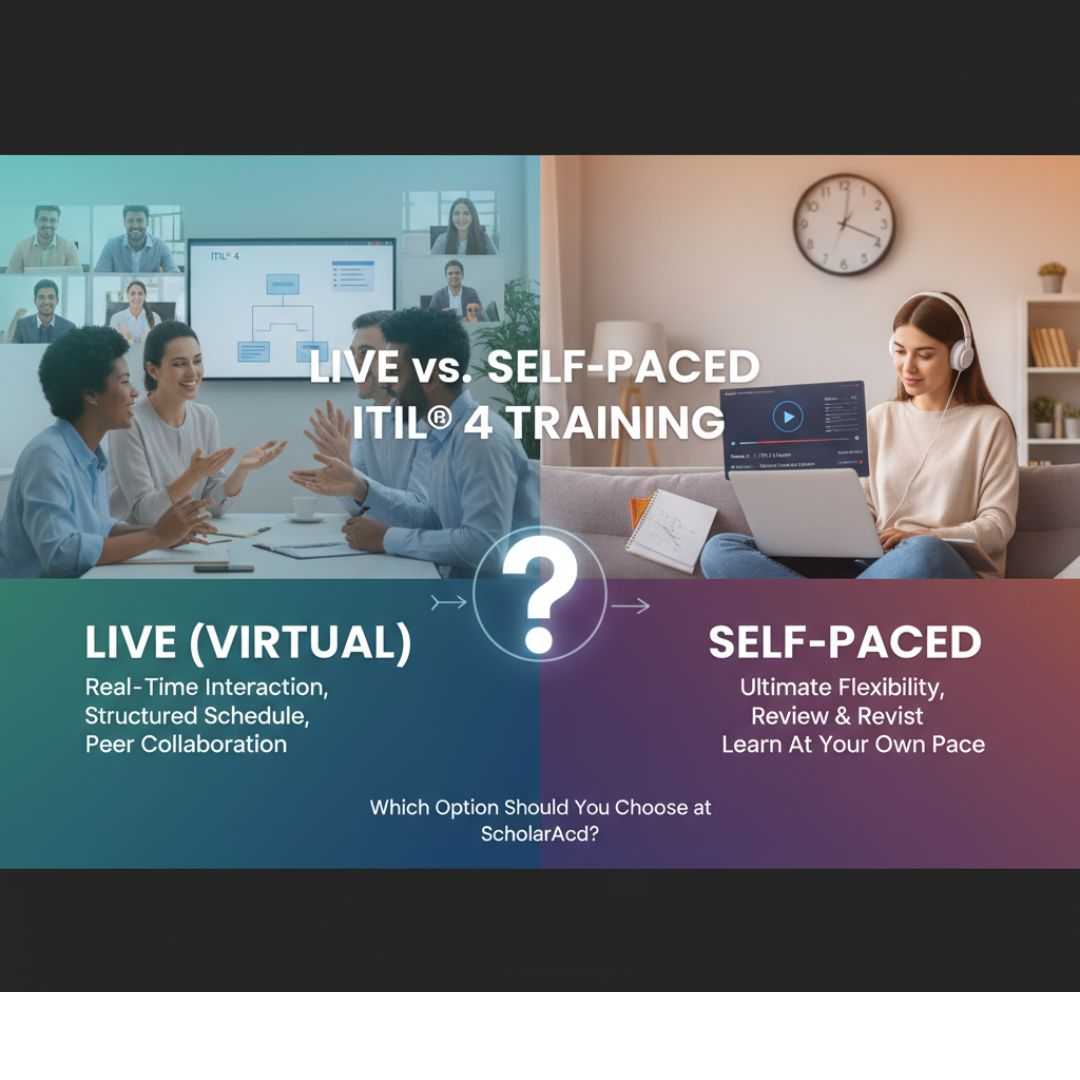

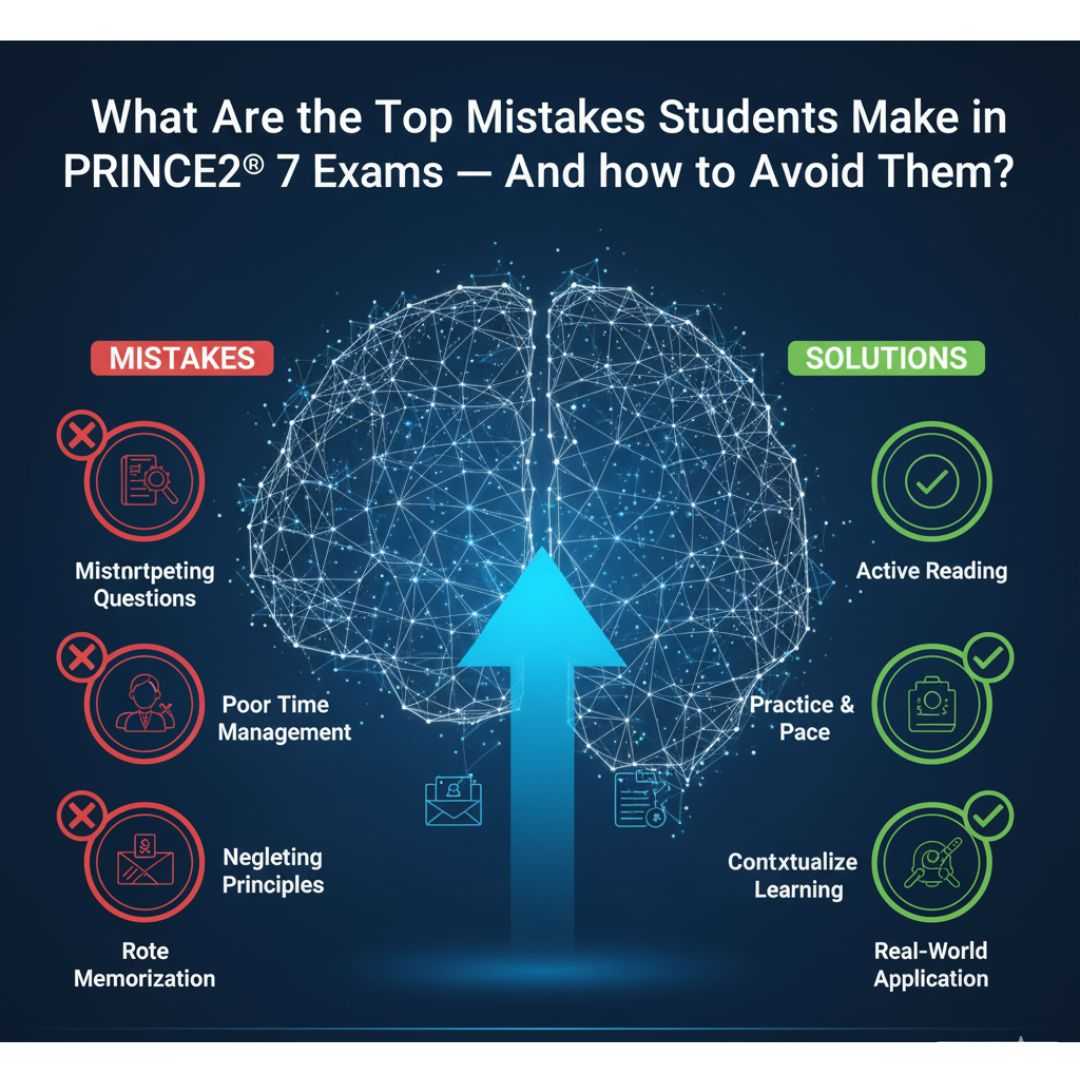
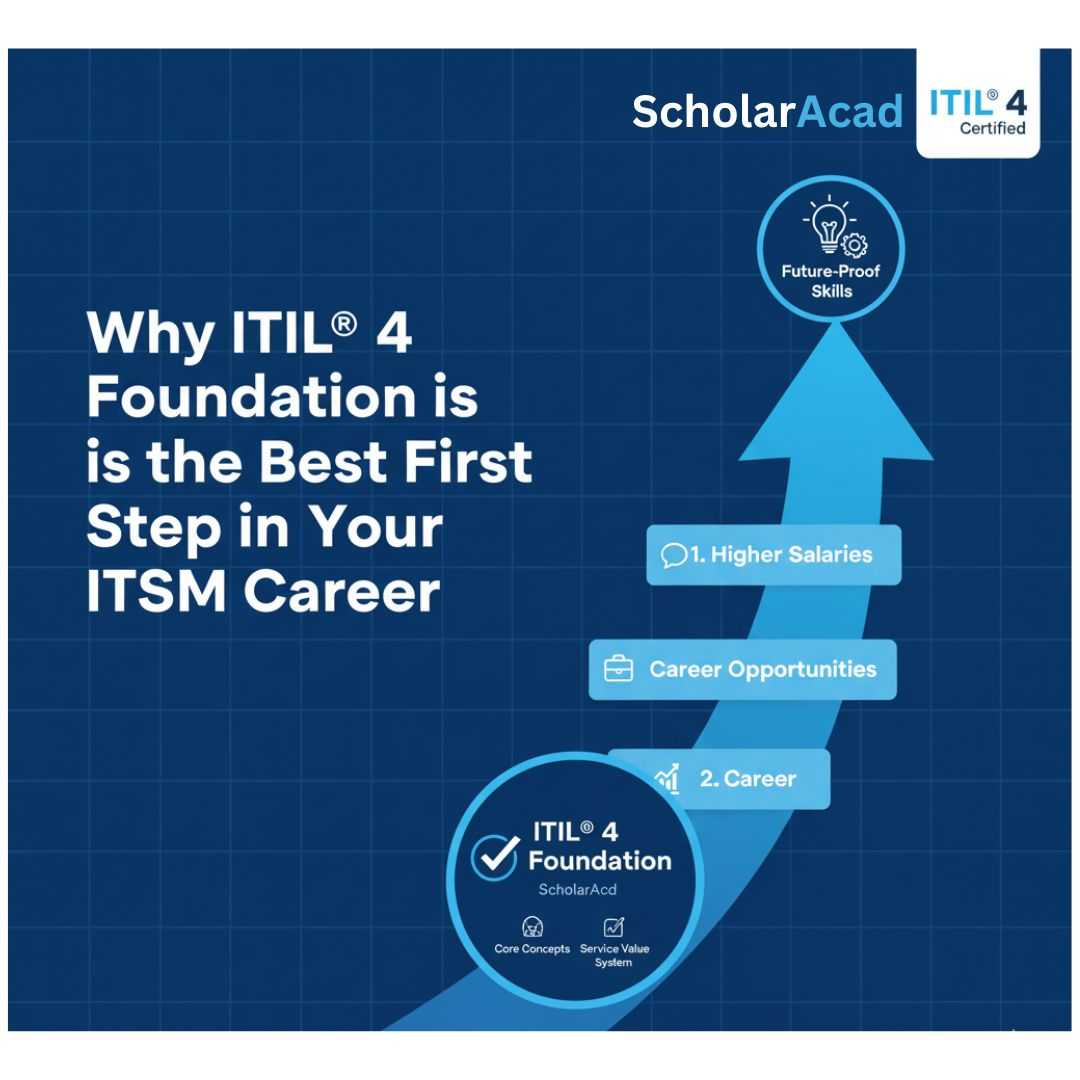

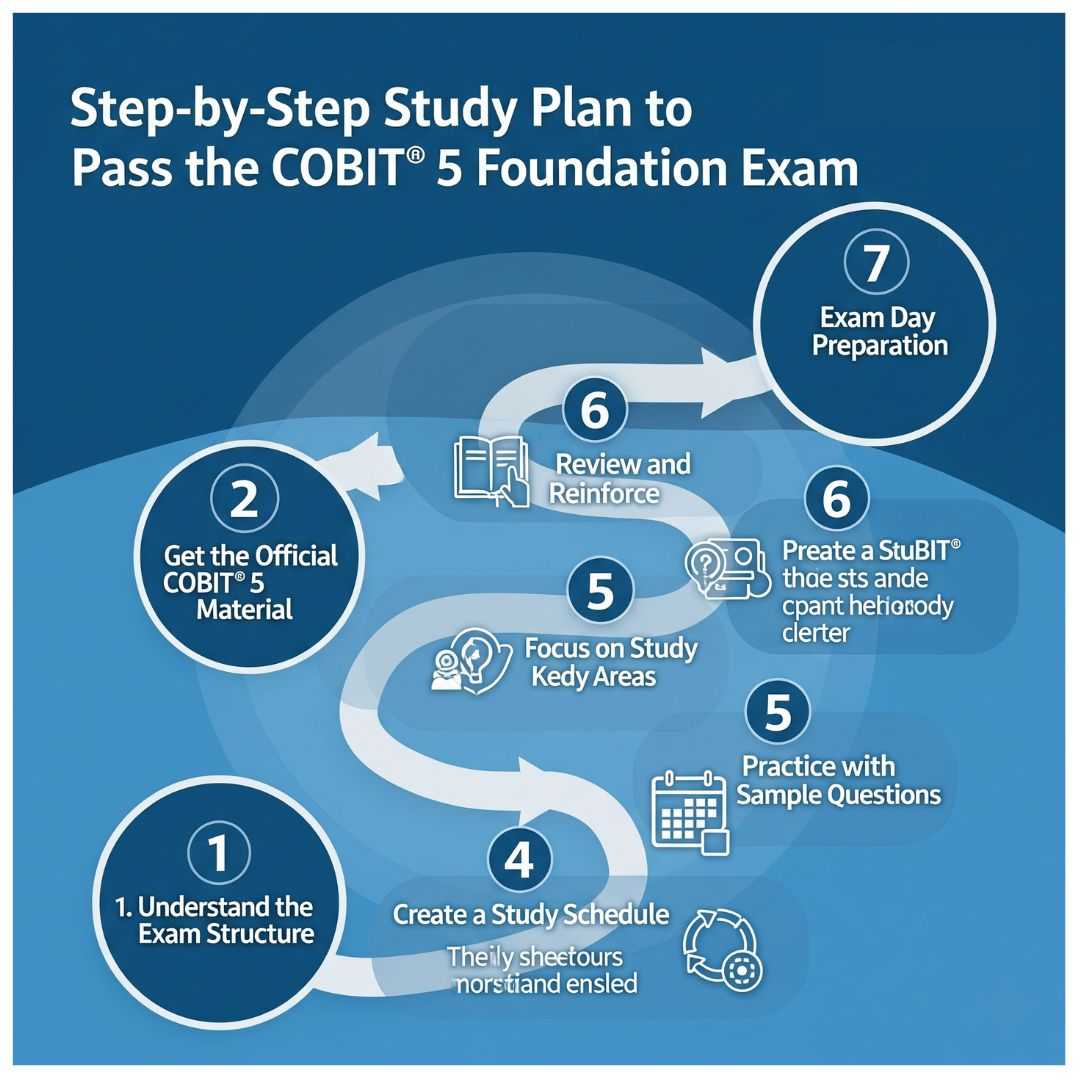

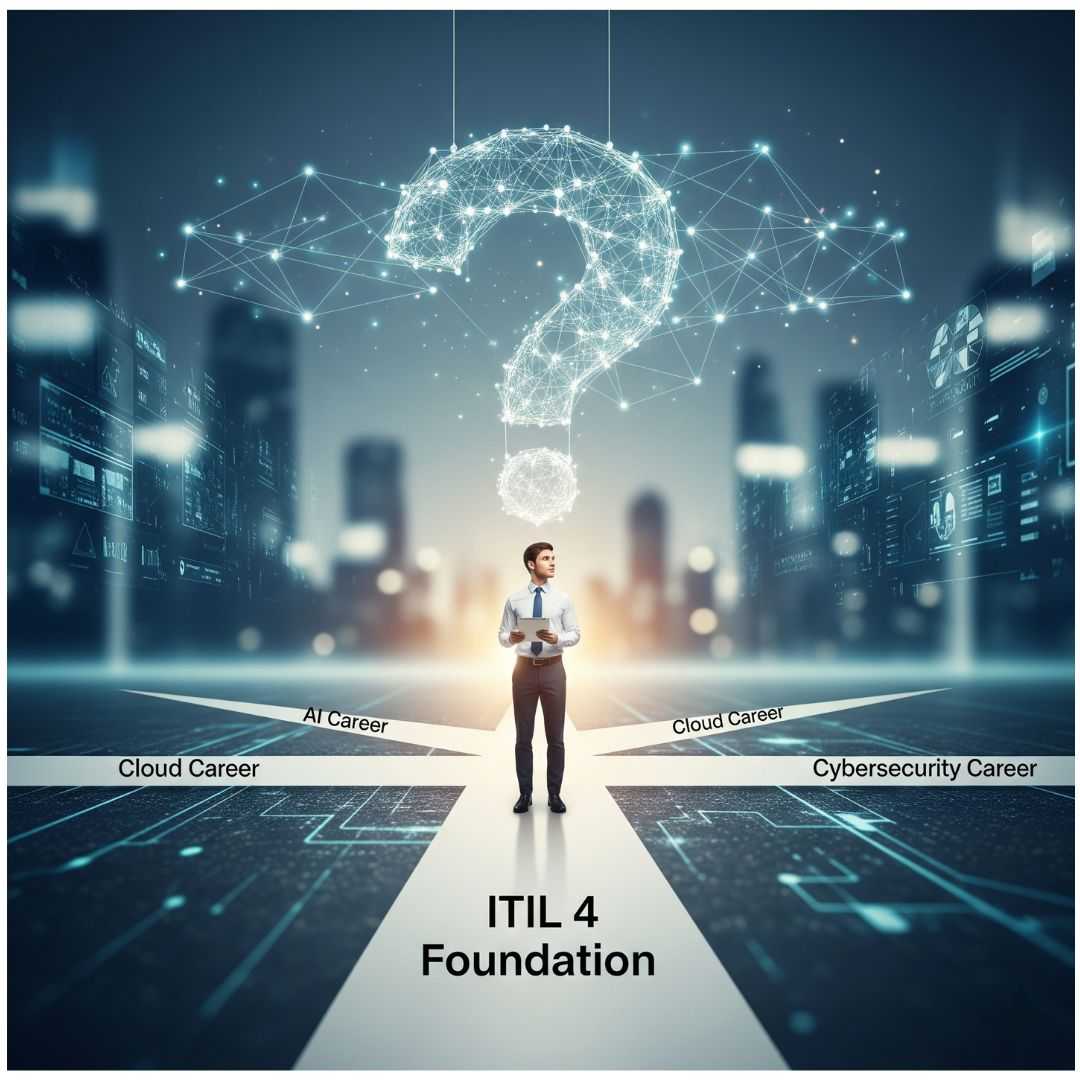

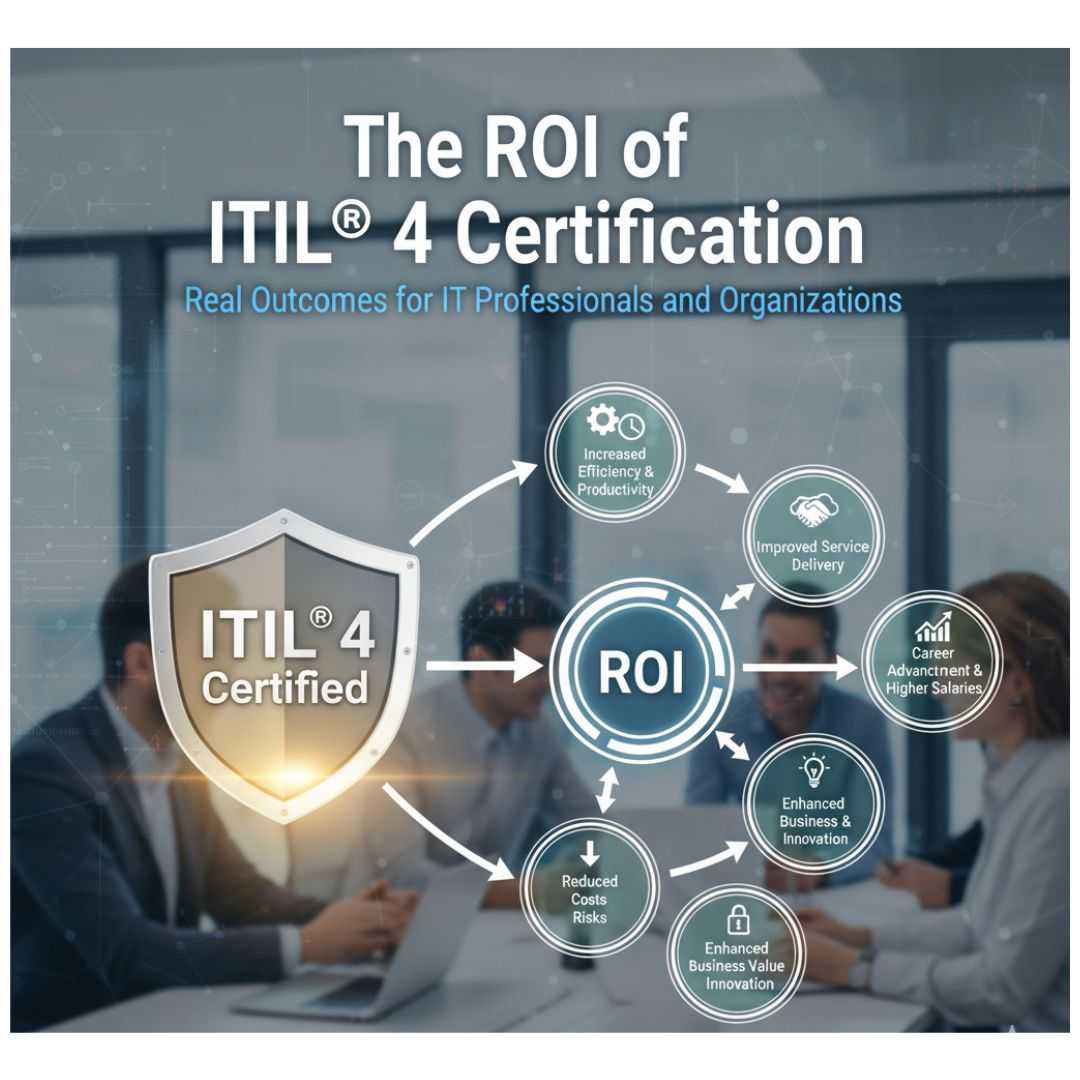





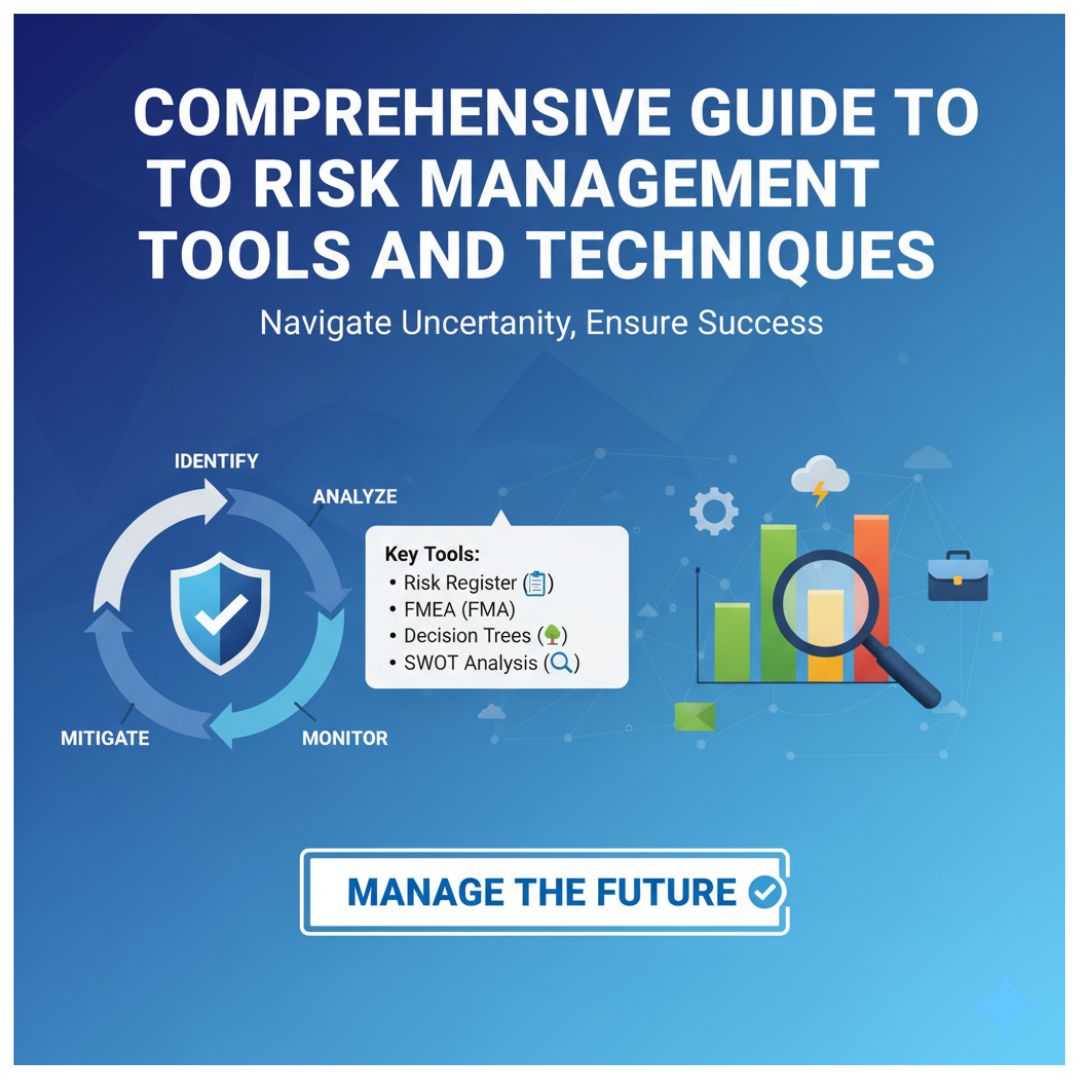



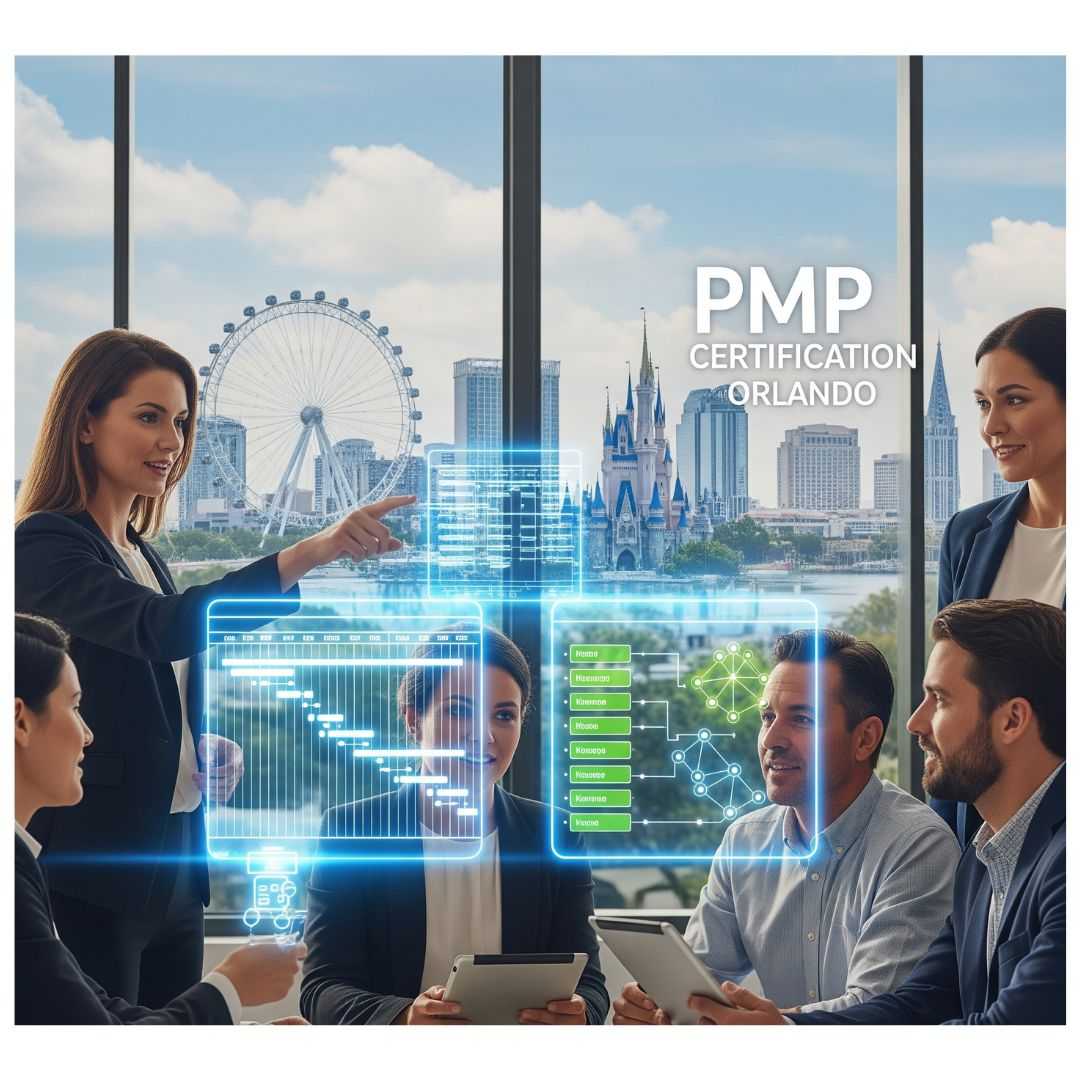





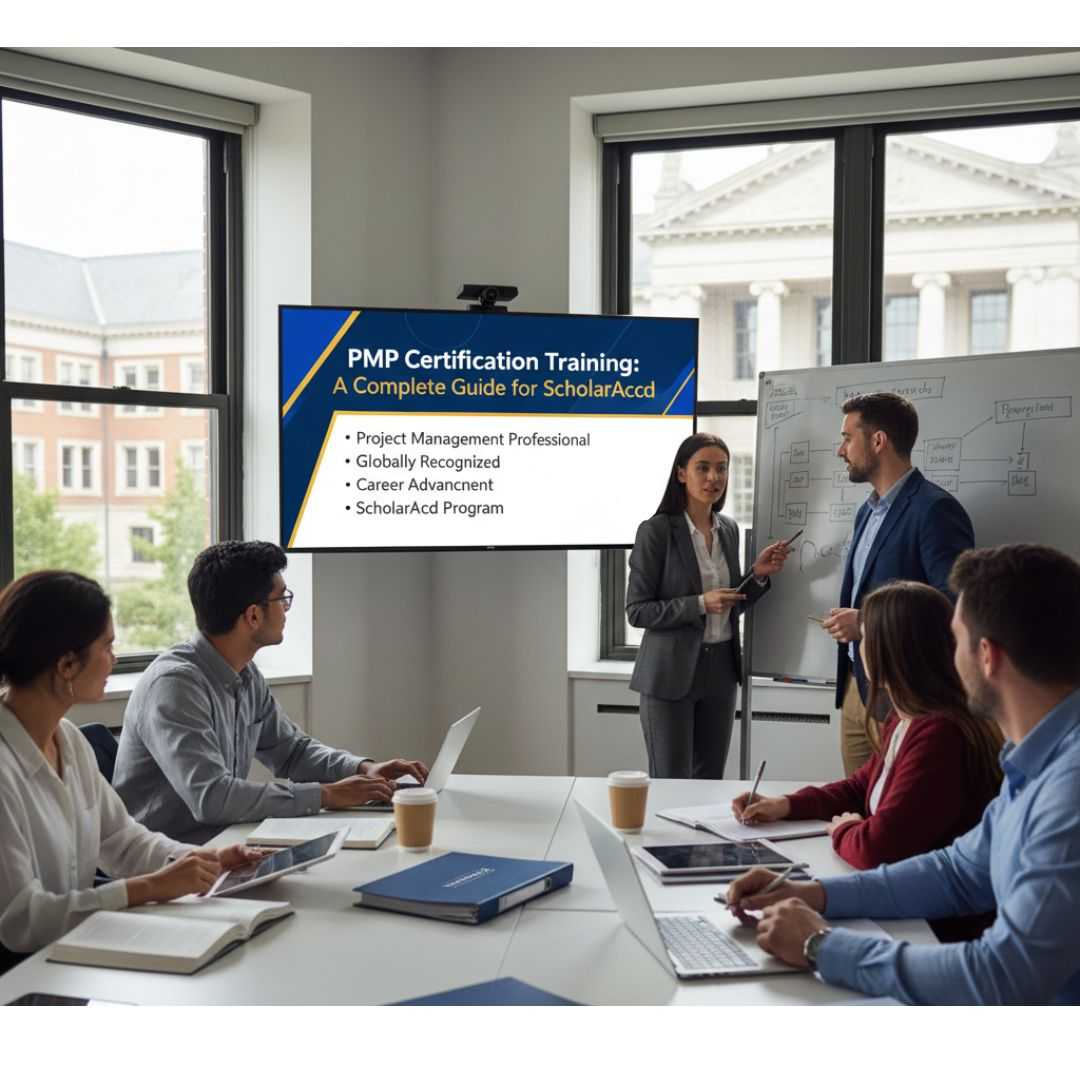
_1756885658_5bde5ece2b6f0dab9403.jpg)
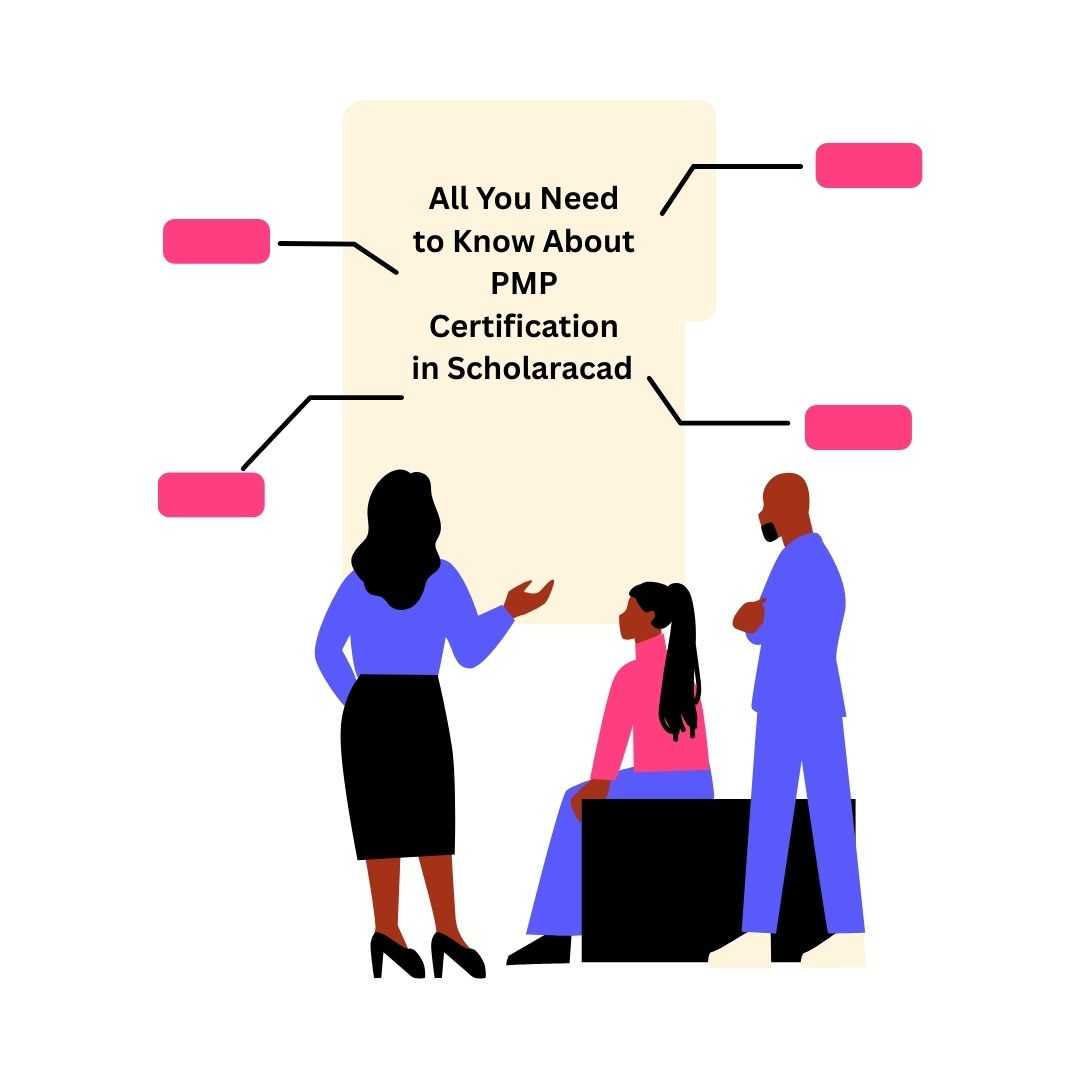


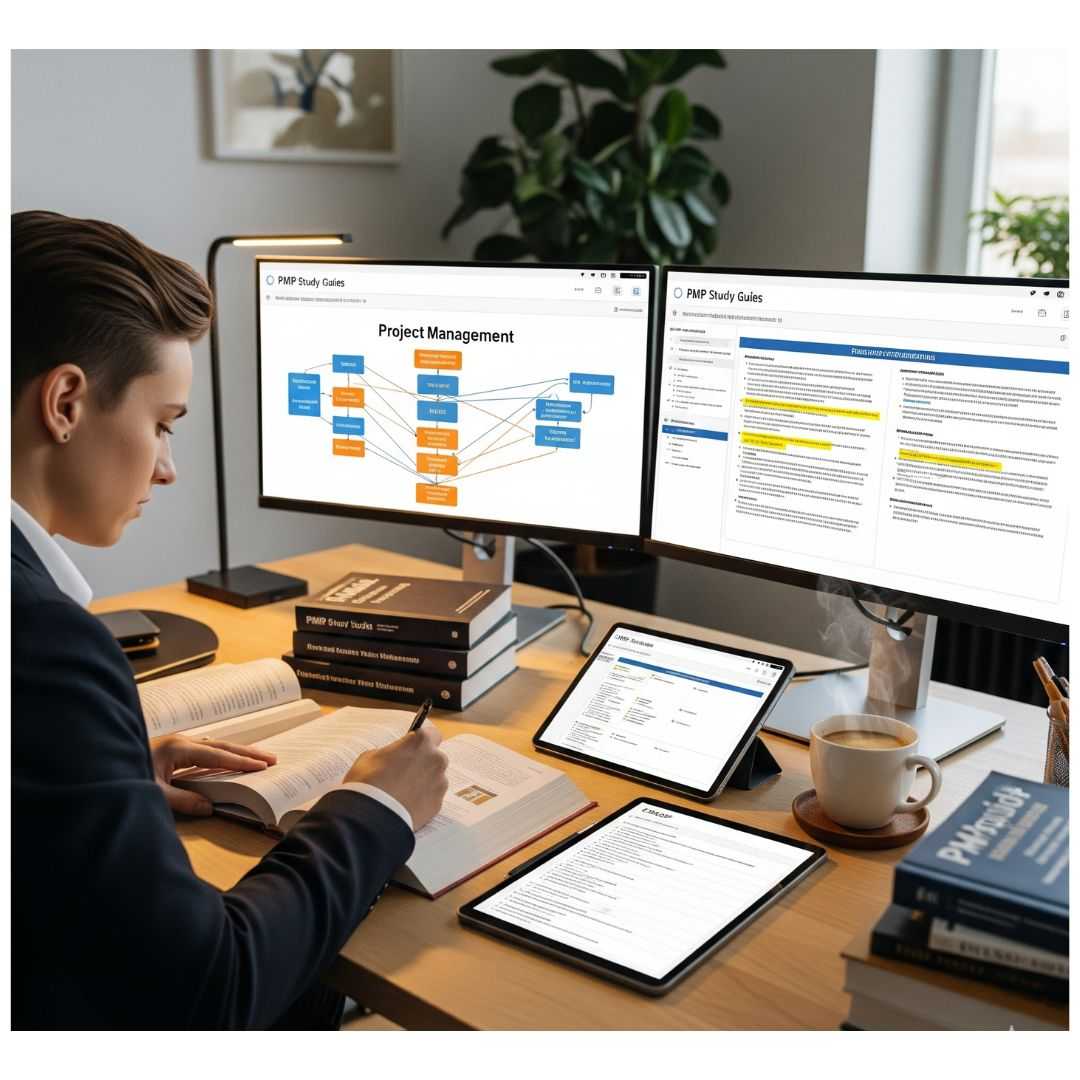


_1756789434_e9e0aac798c1162538f6.jpg)








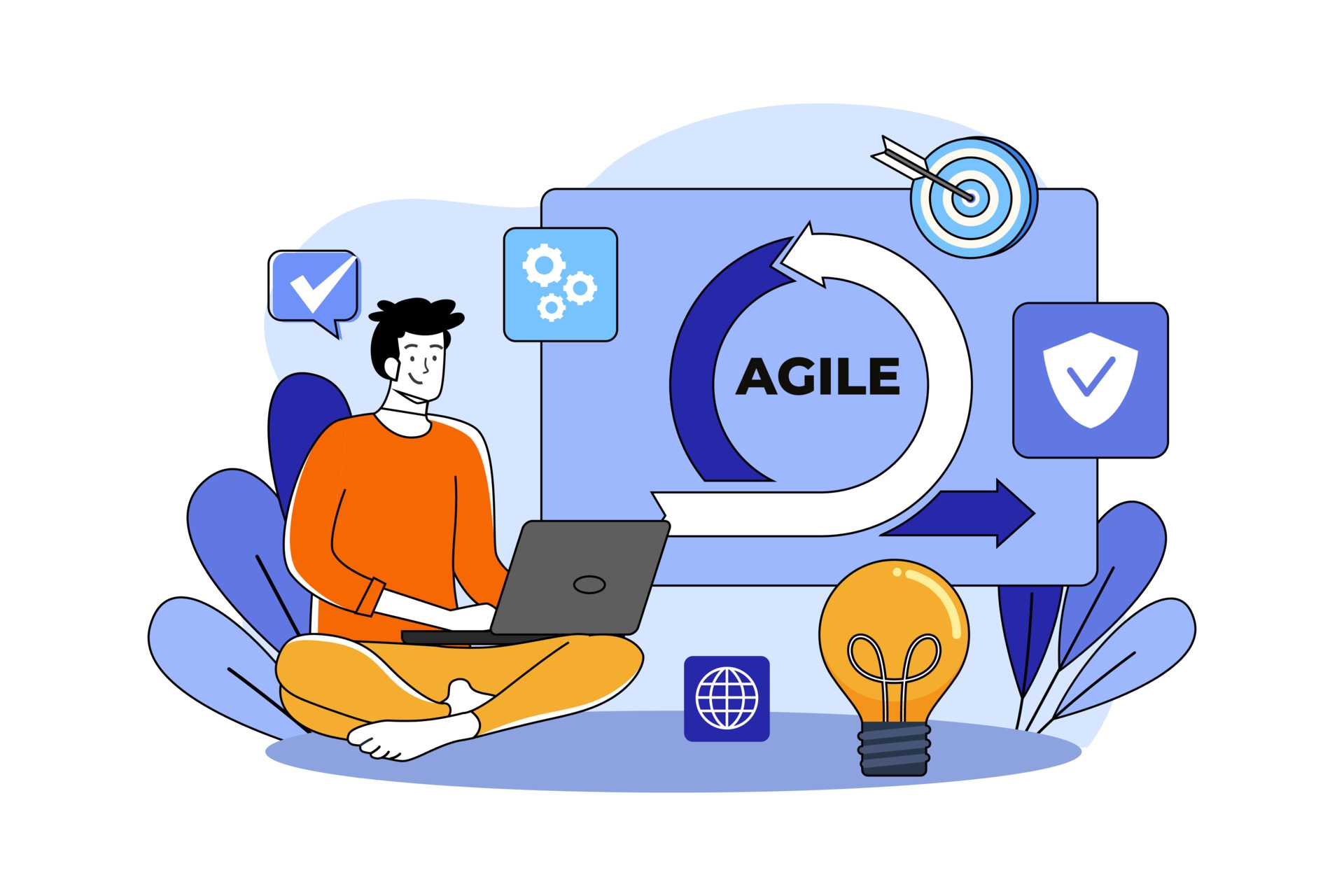







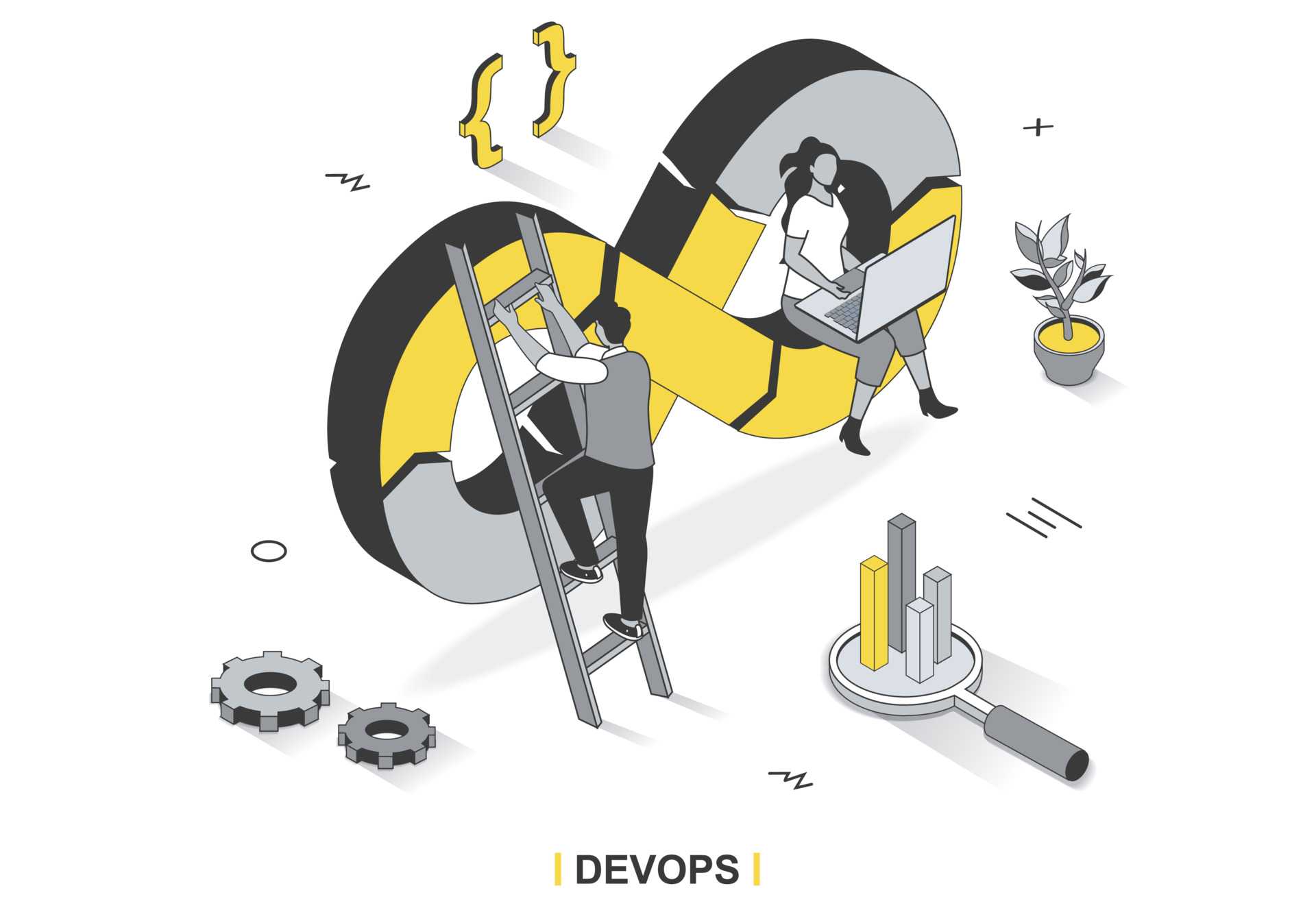
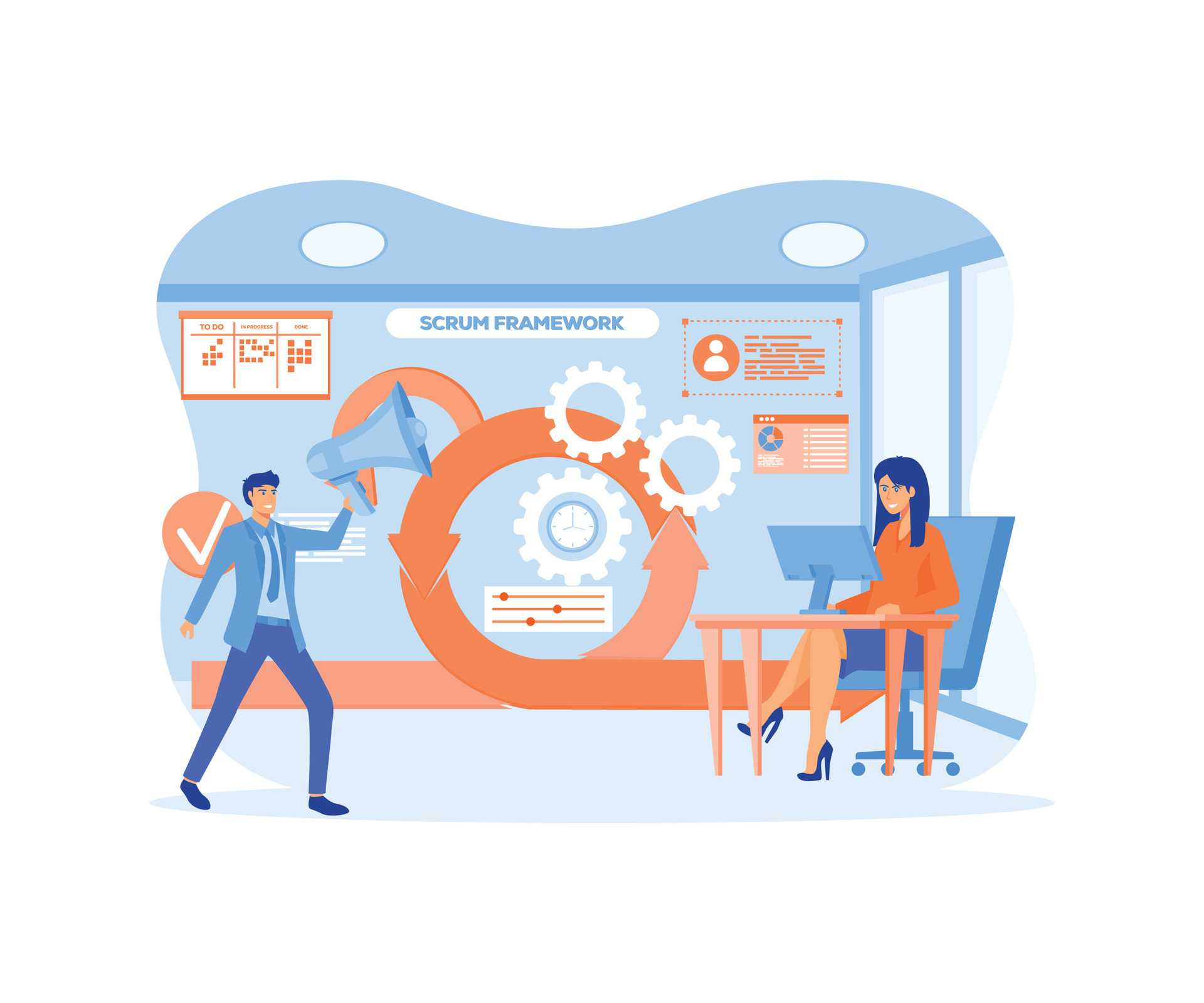


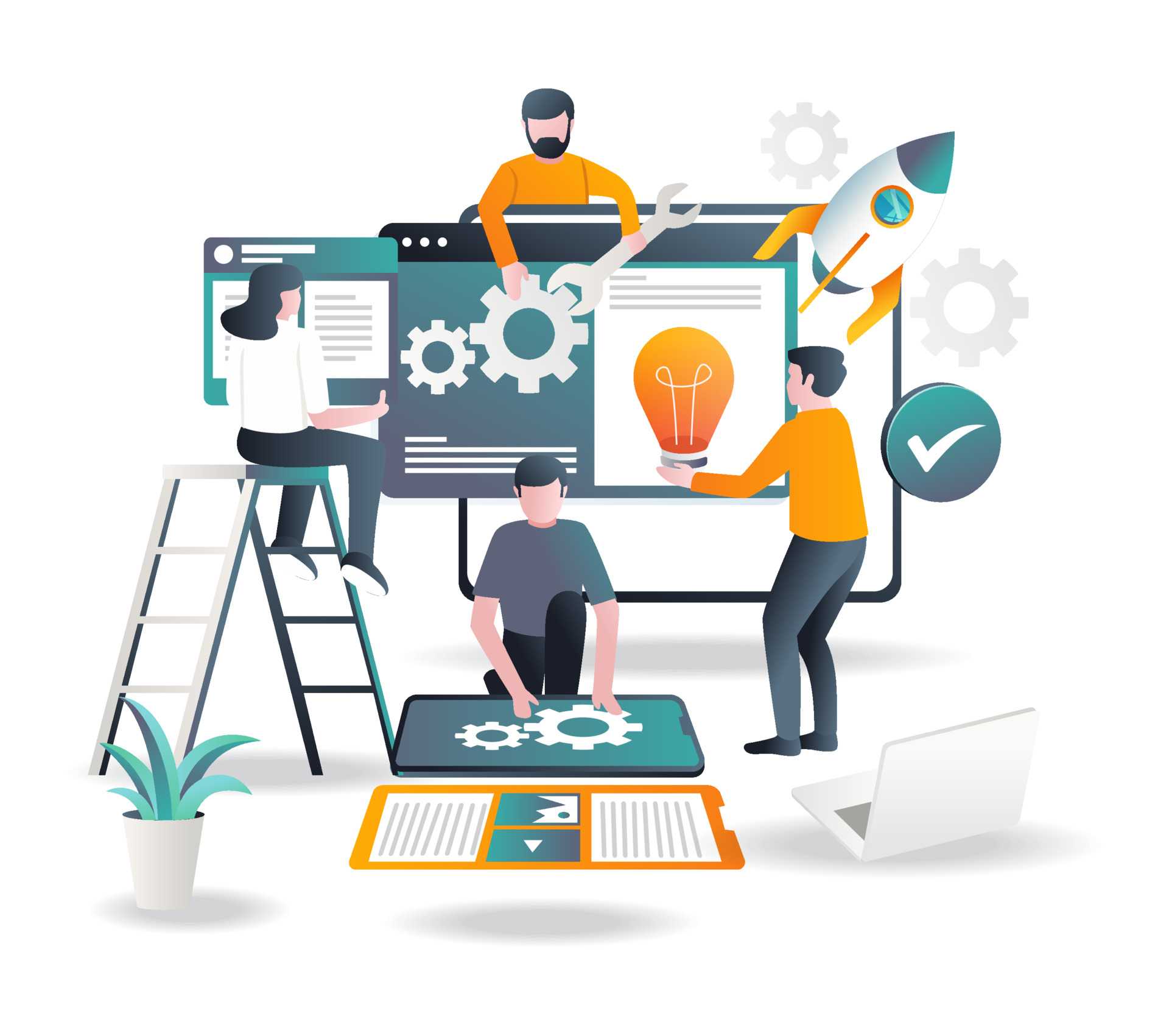





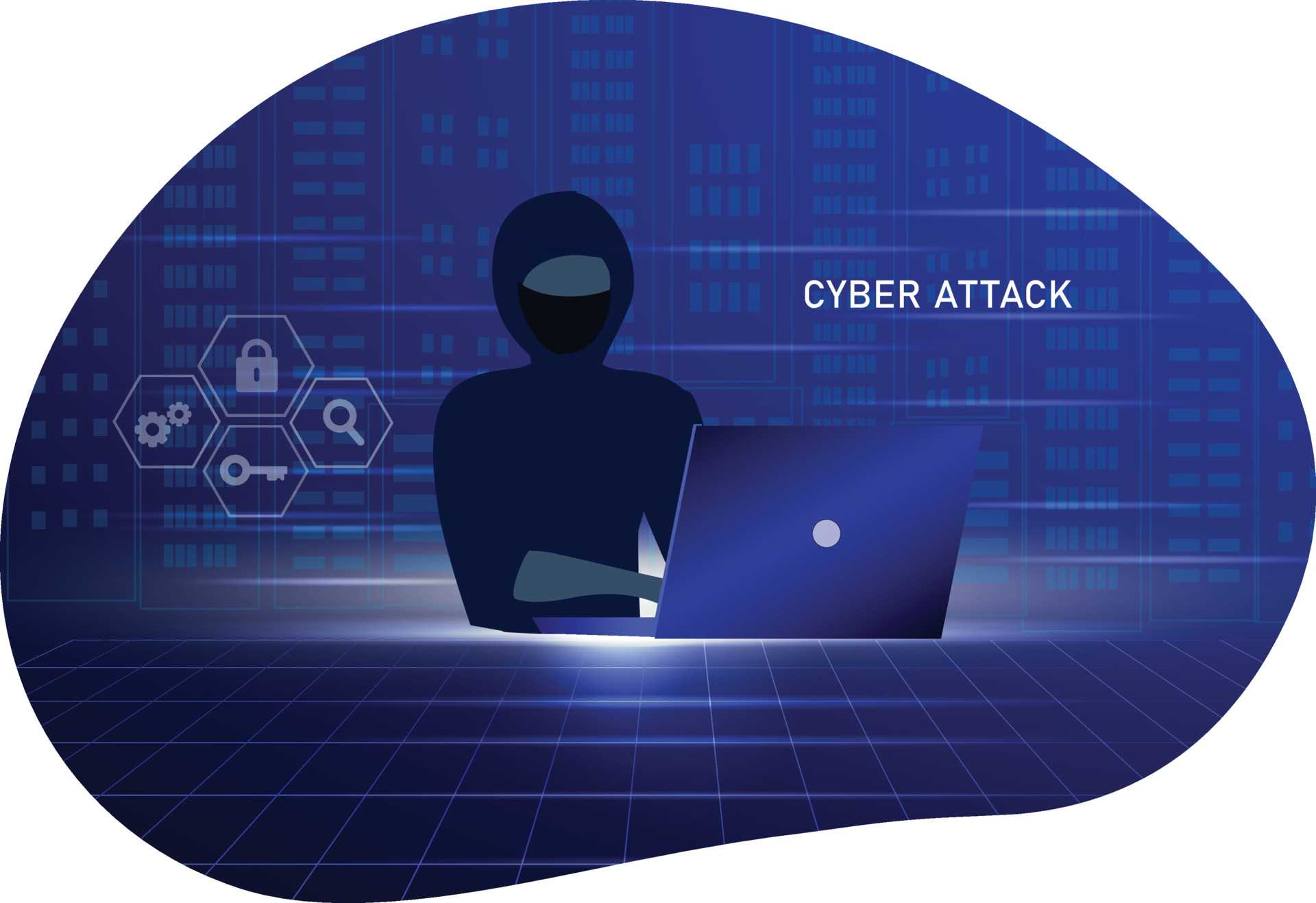




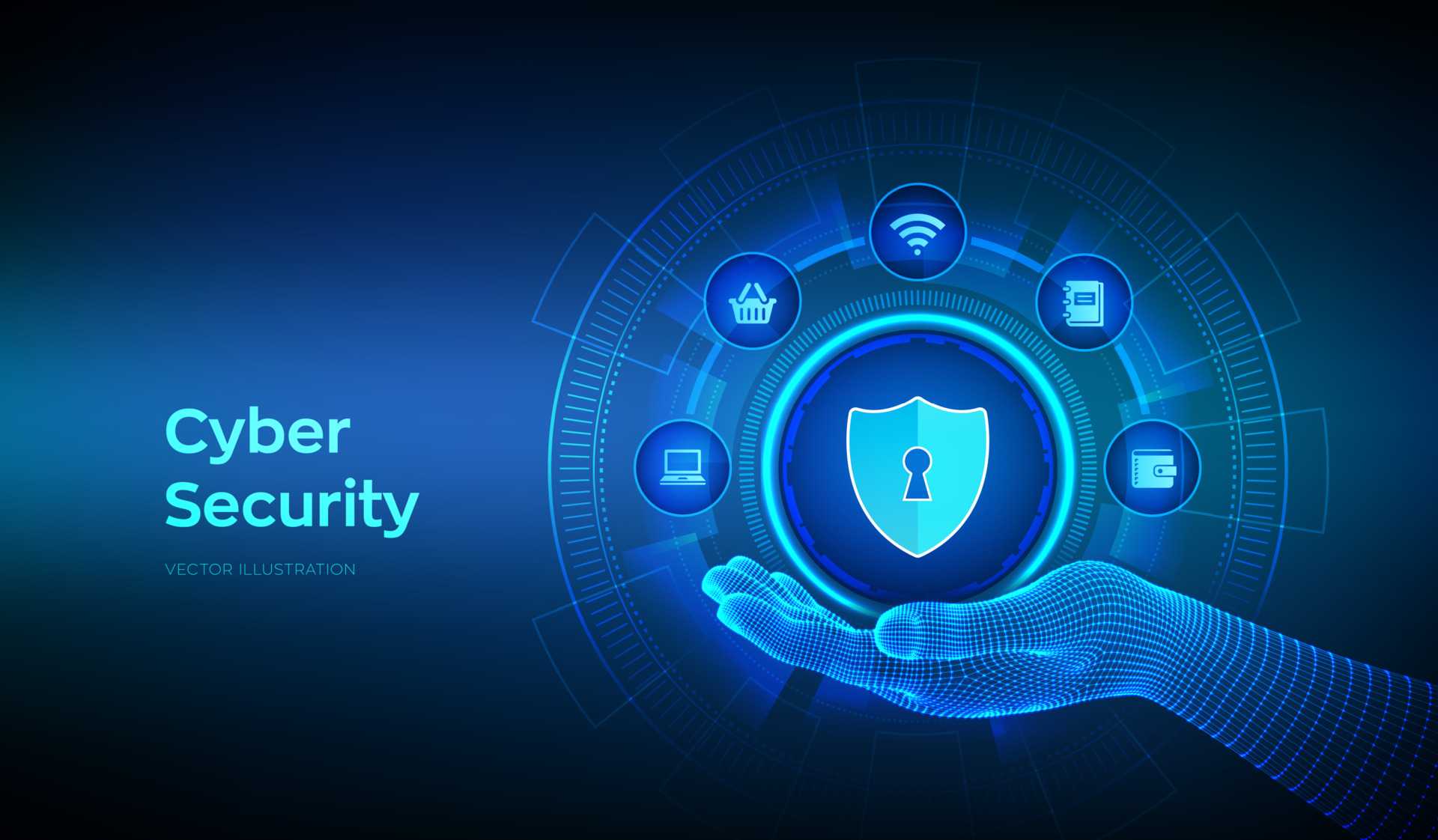


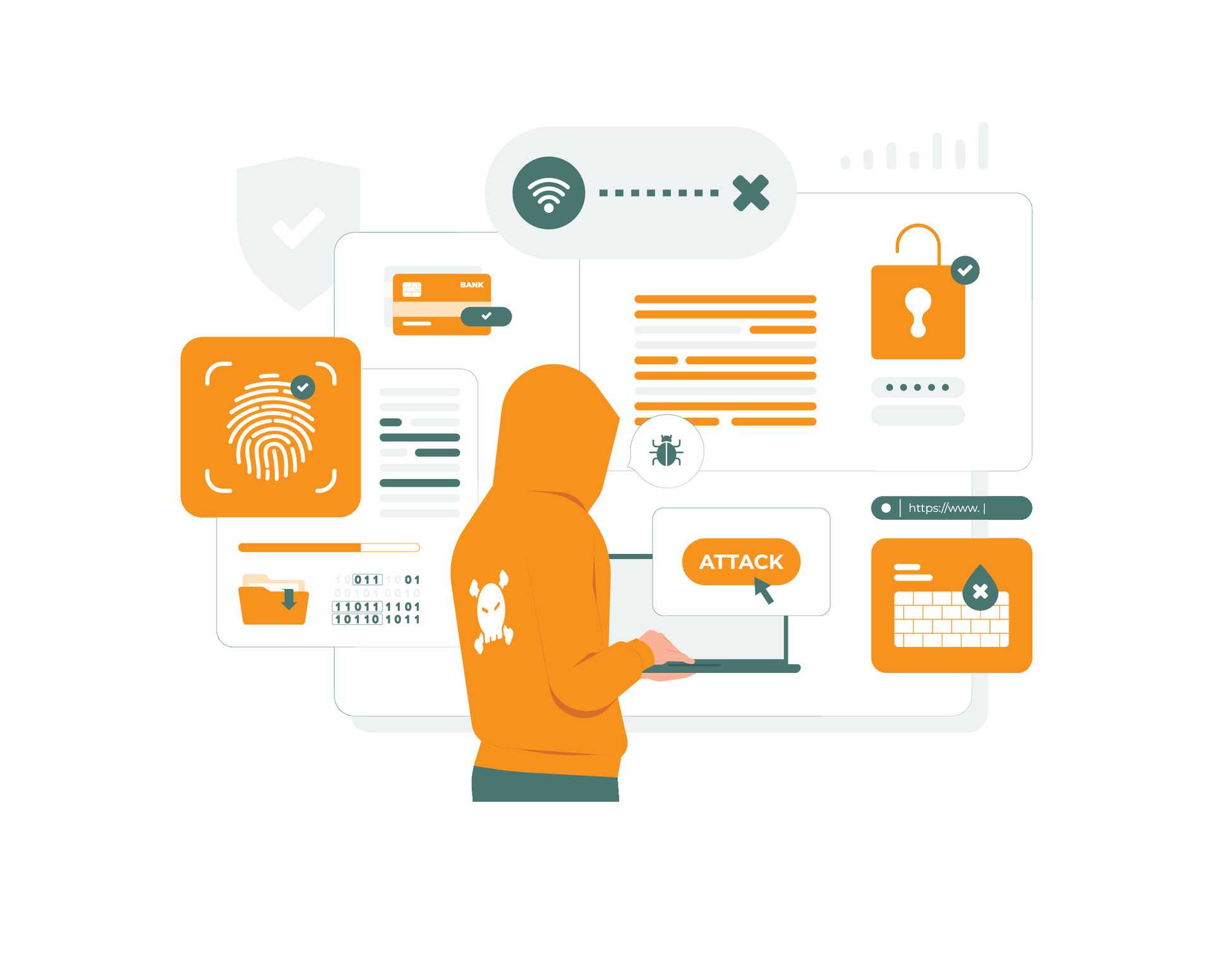



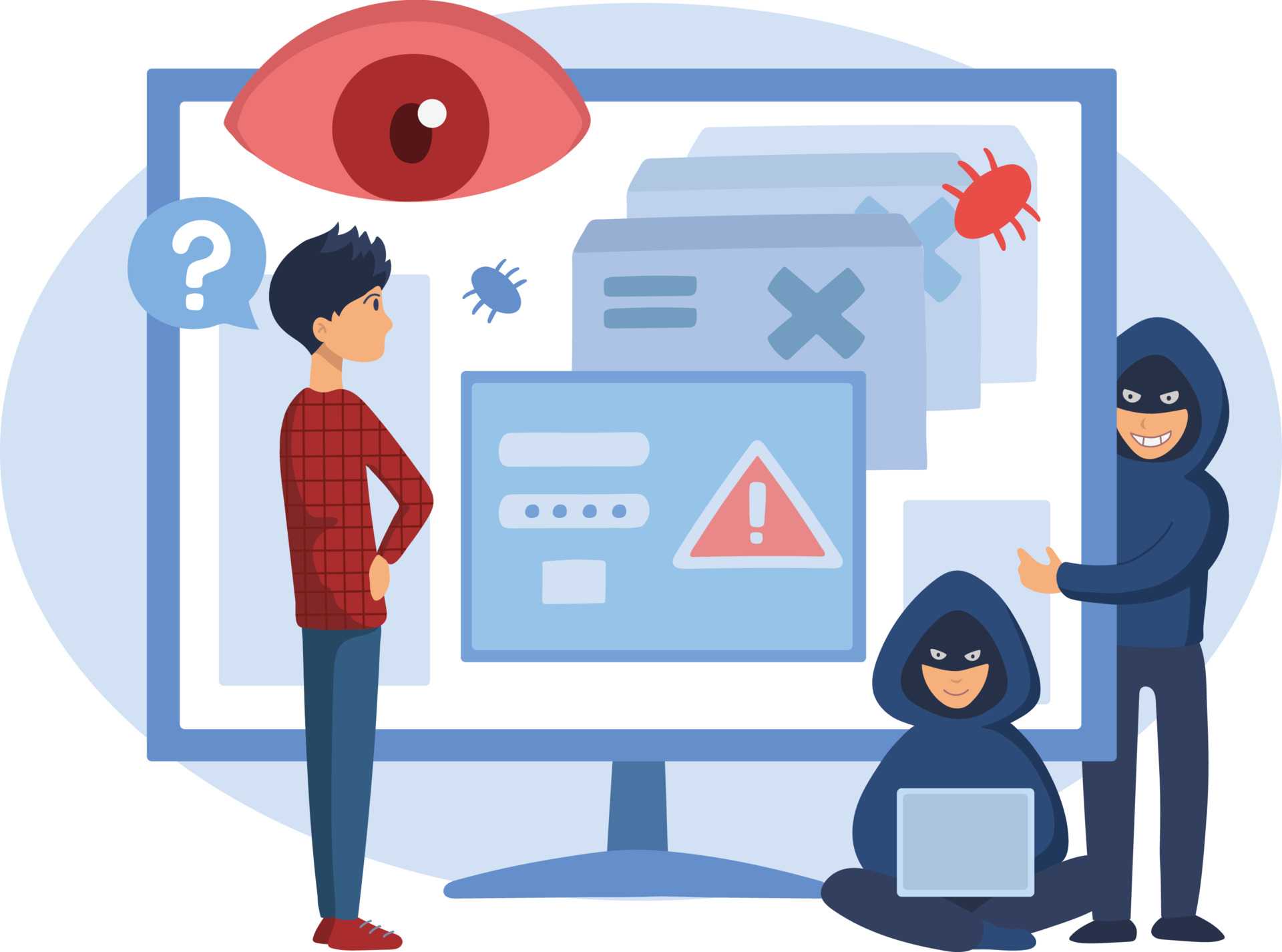




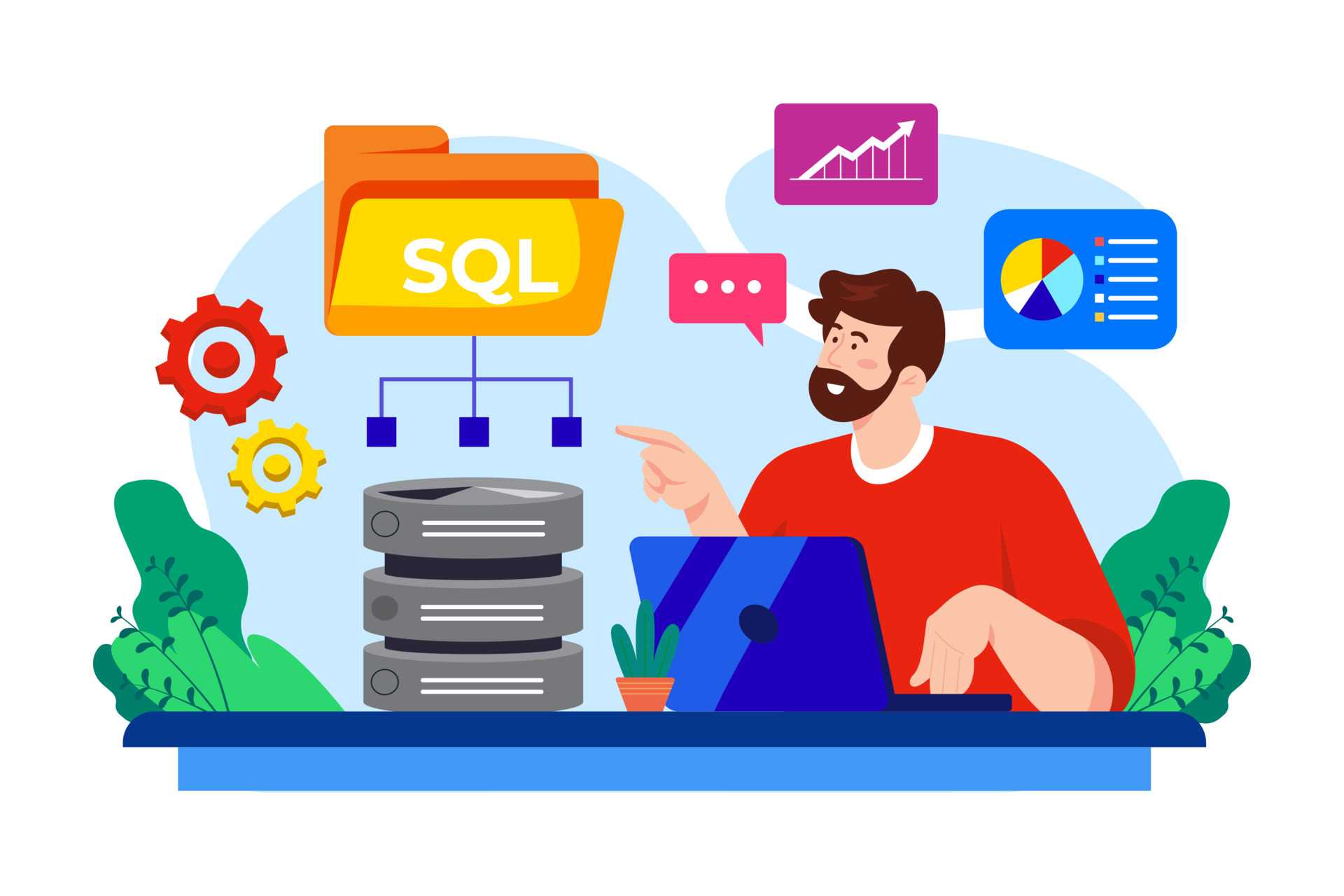











_1718198115_3e80b2ee31b234c26728.png)




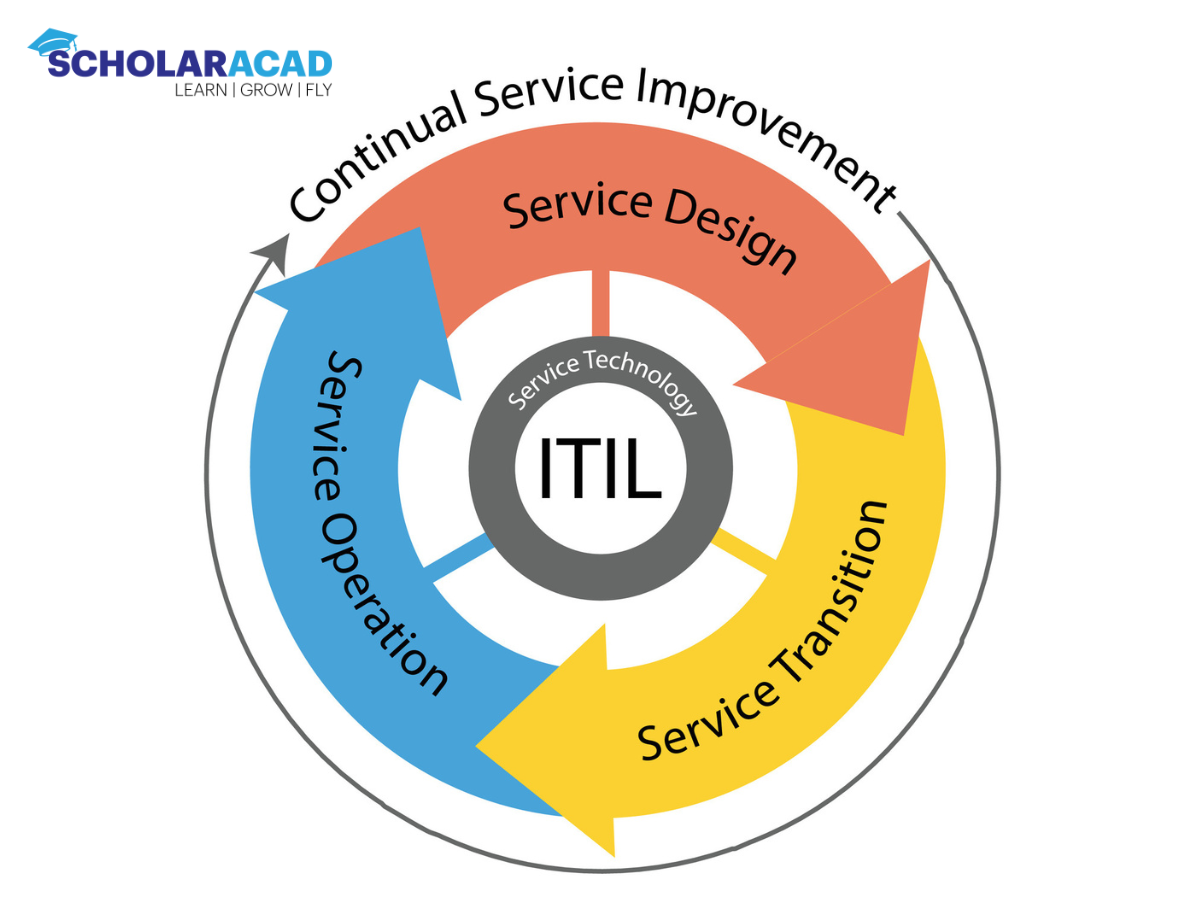



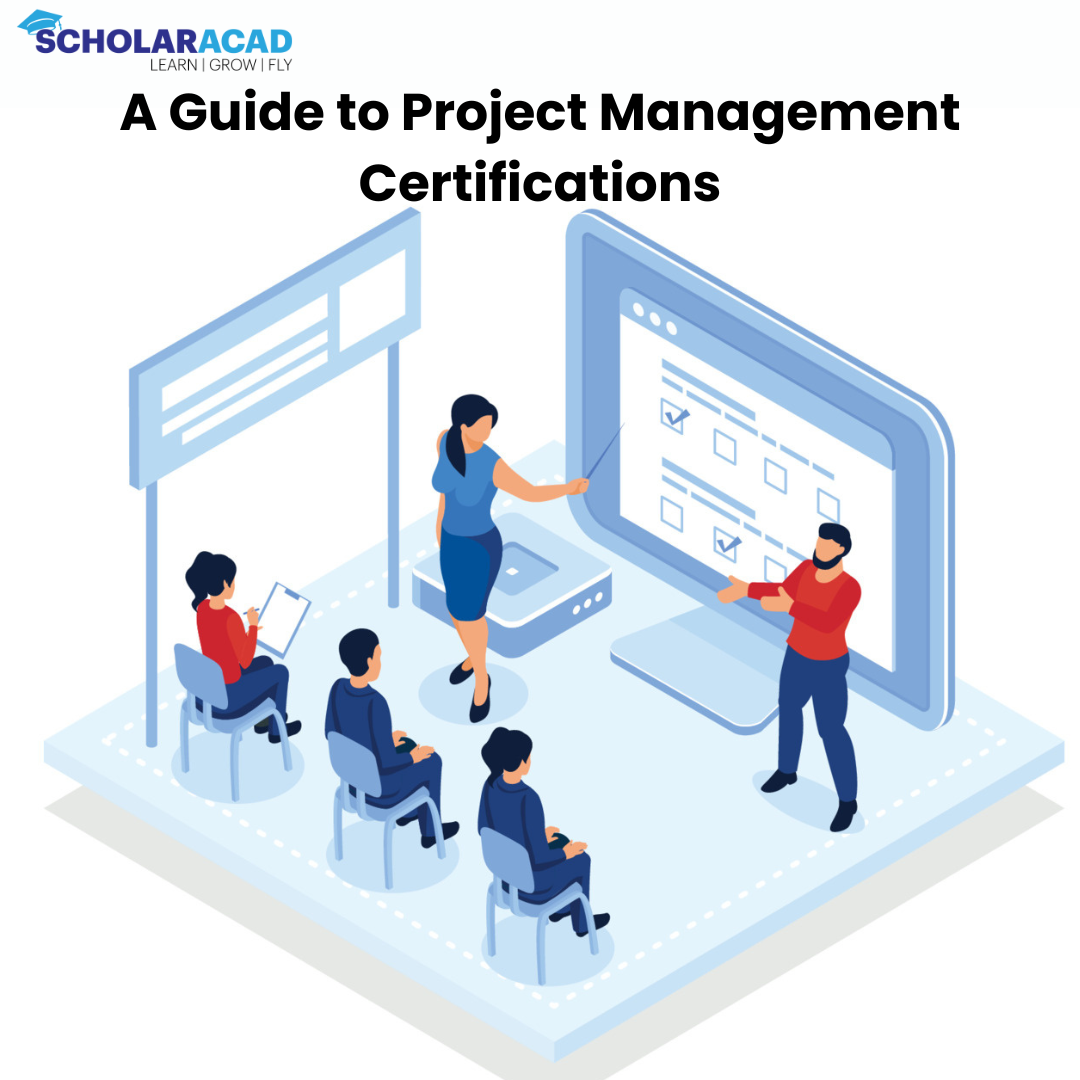
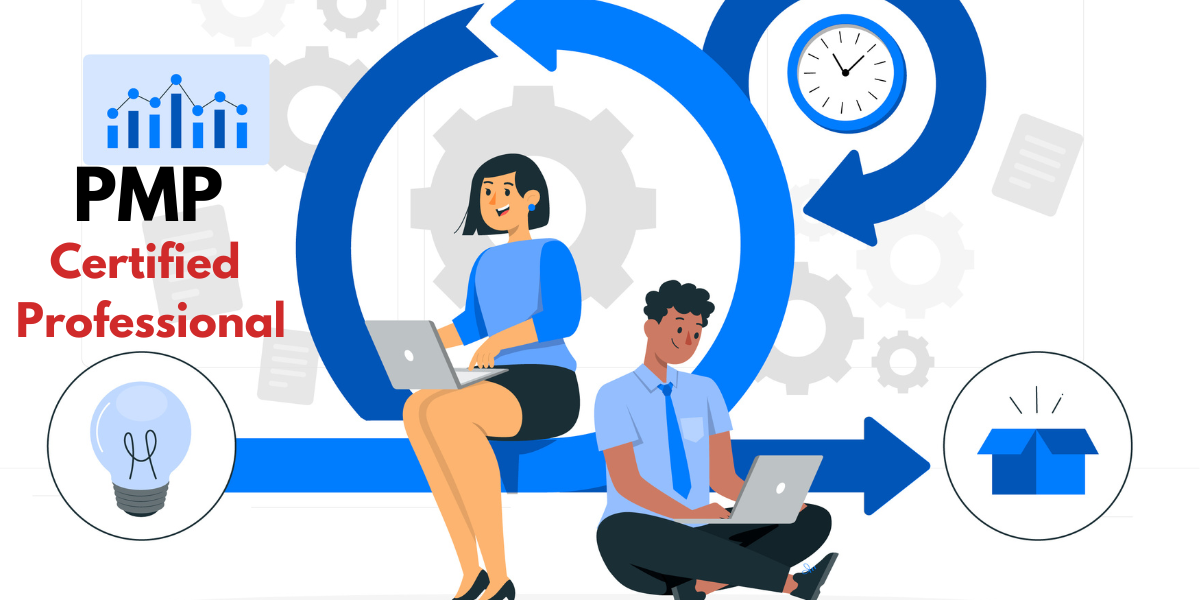
_1715671737_078967910384216bd6b3.jpg)






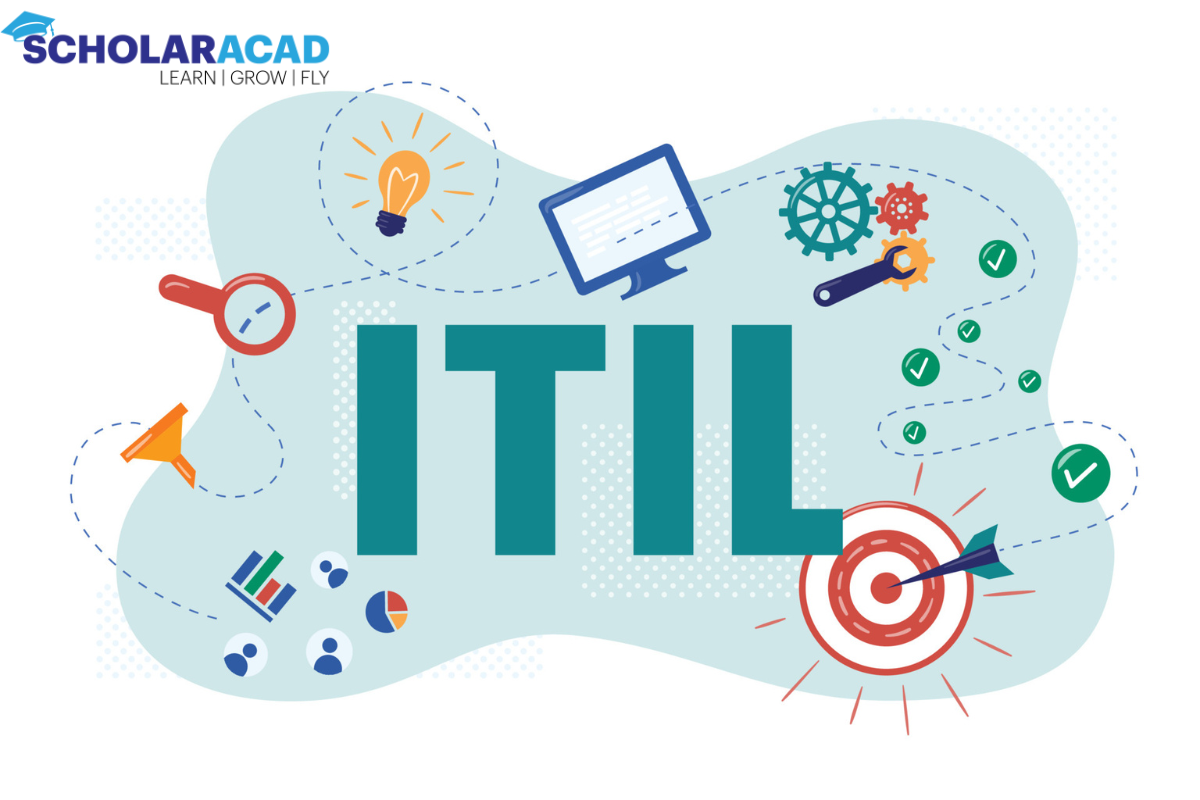


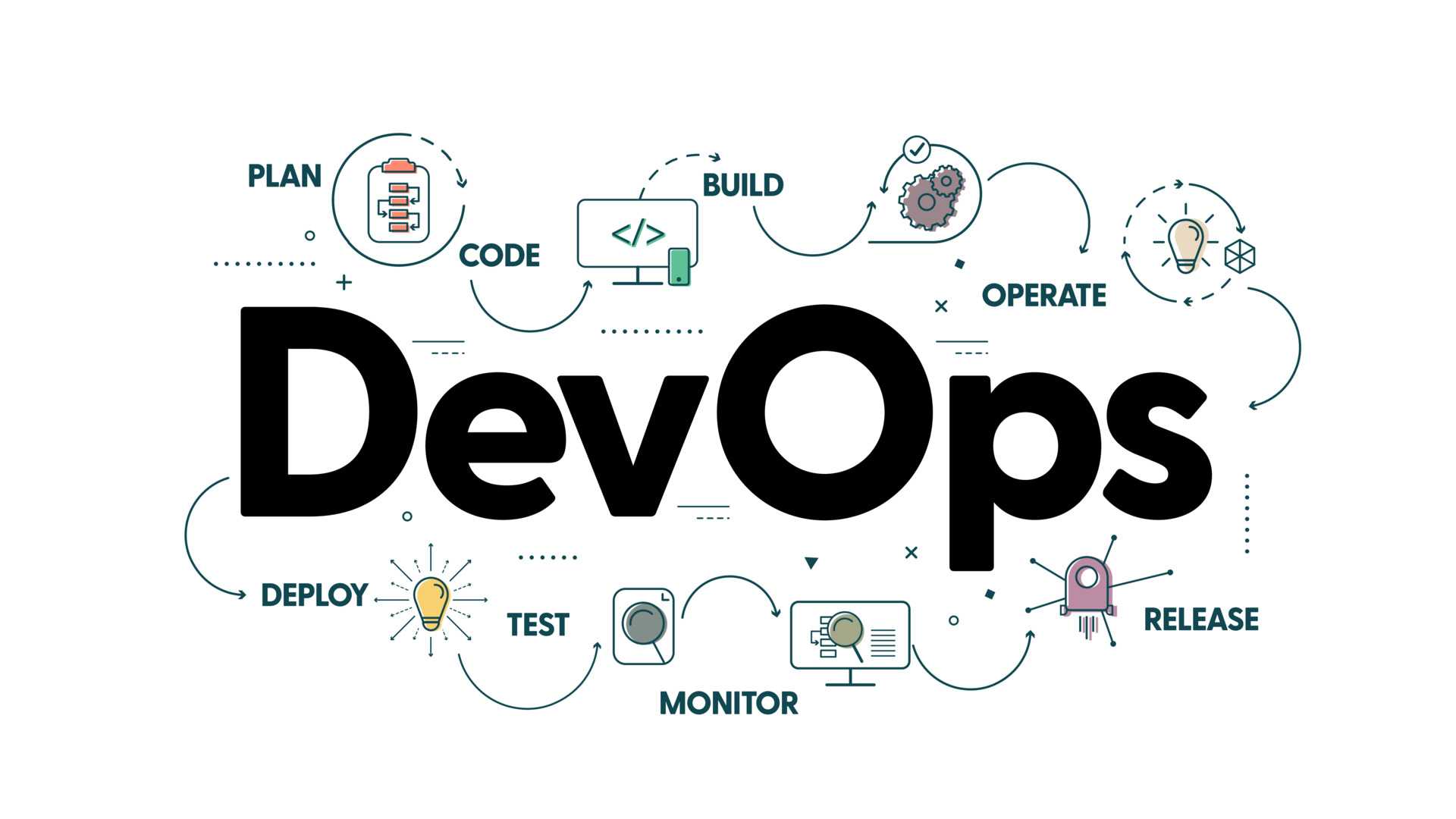
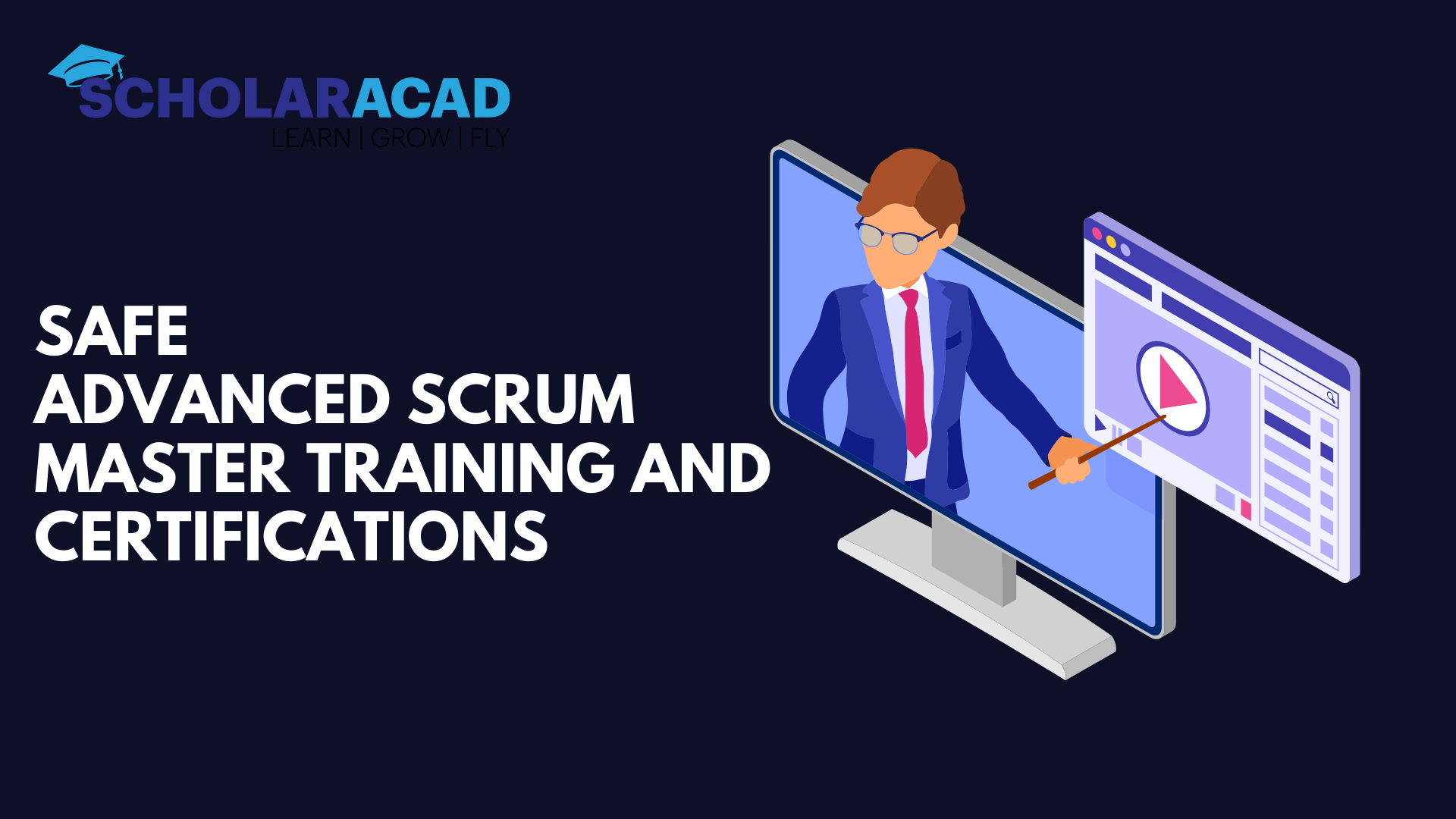

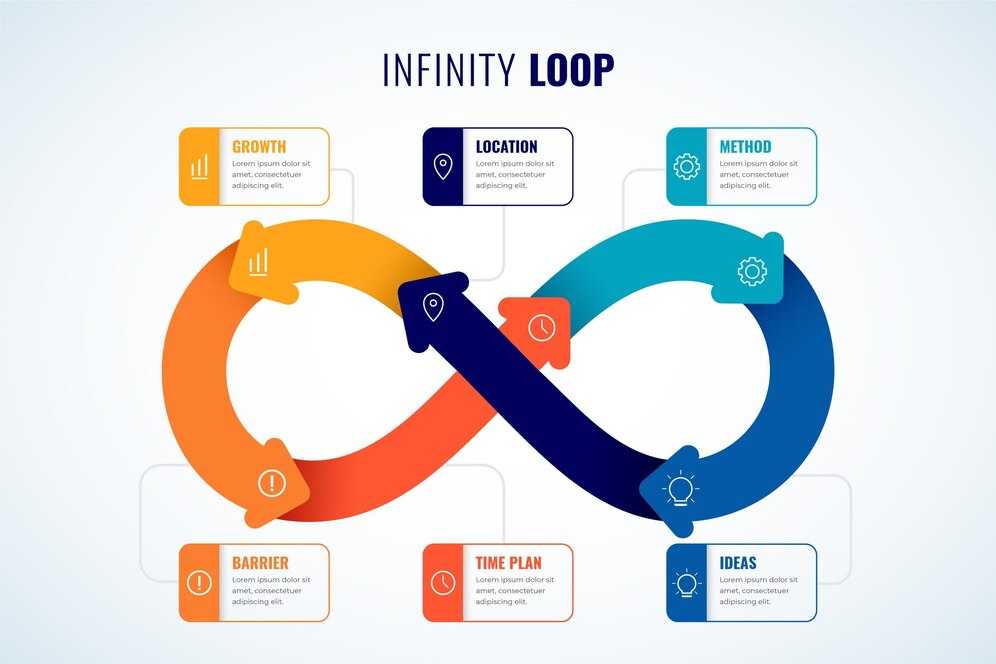
_1712044840_c07a78ec6a0a9aaf68f2.jpg)
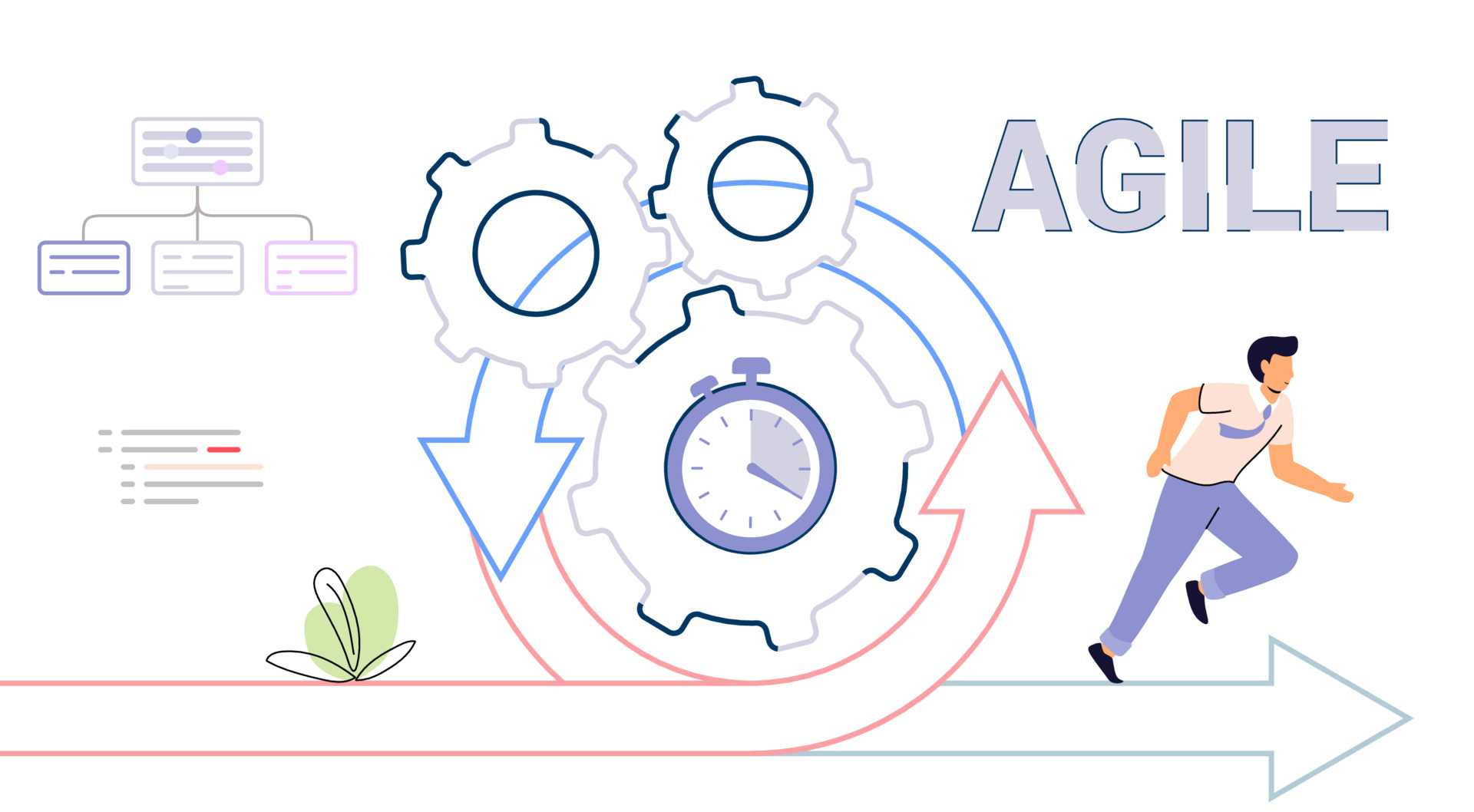


_1701798801_c3b578871fef398593a2.jpg)






Copyright © 2025. All rights reserved by Scholaracad
